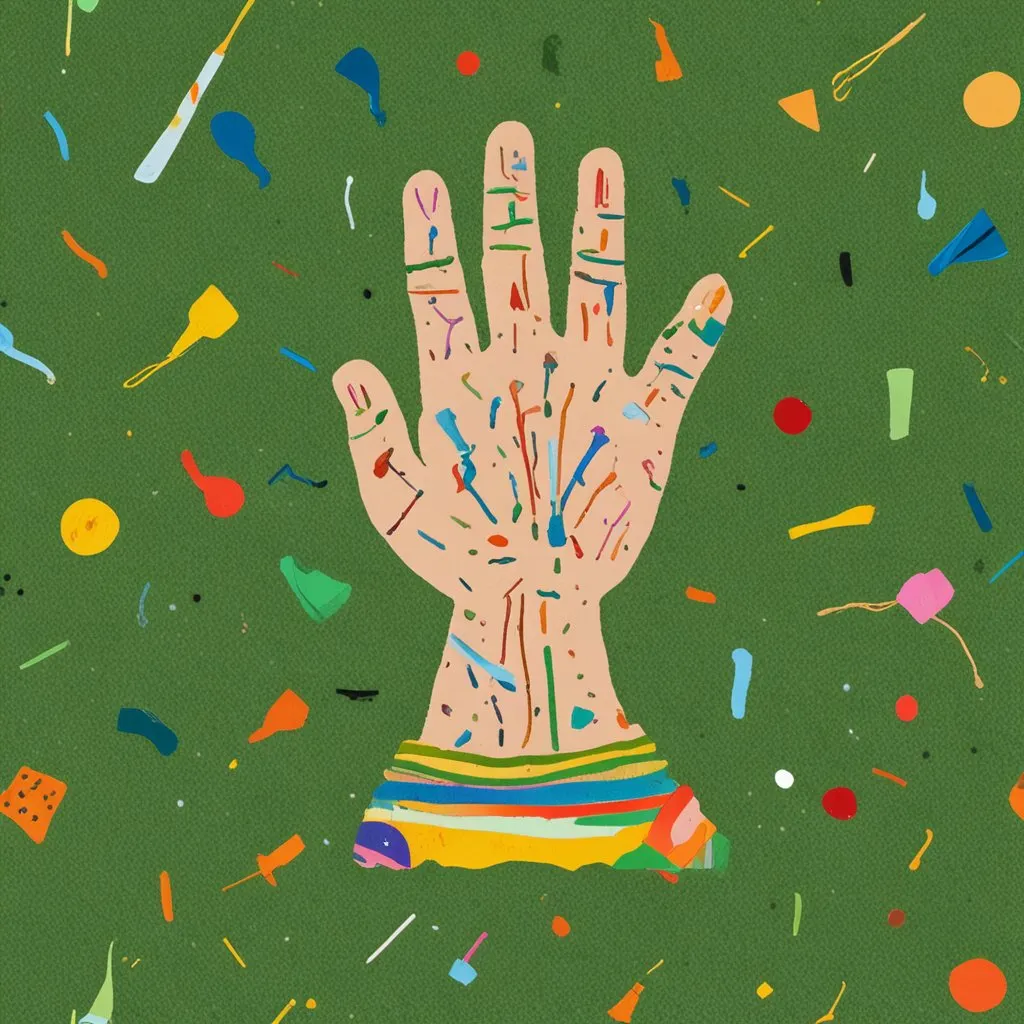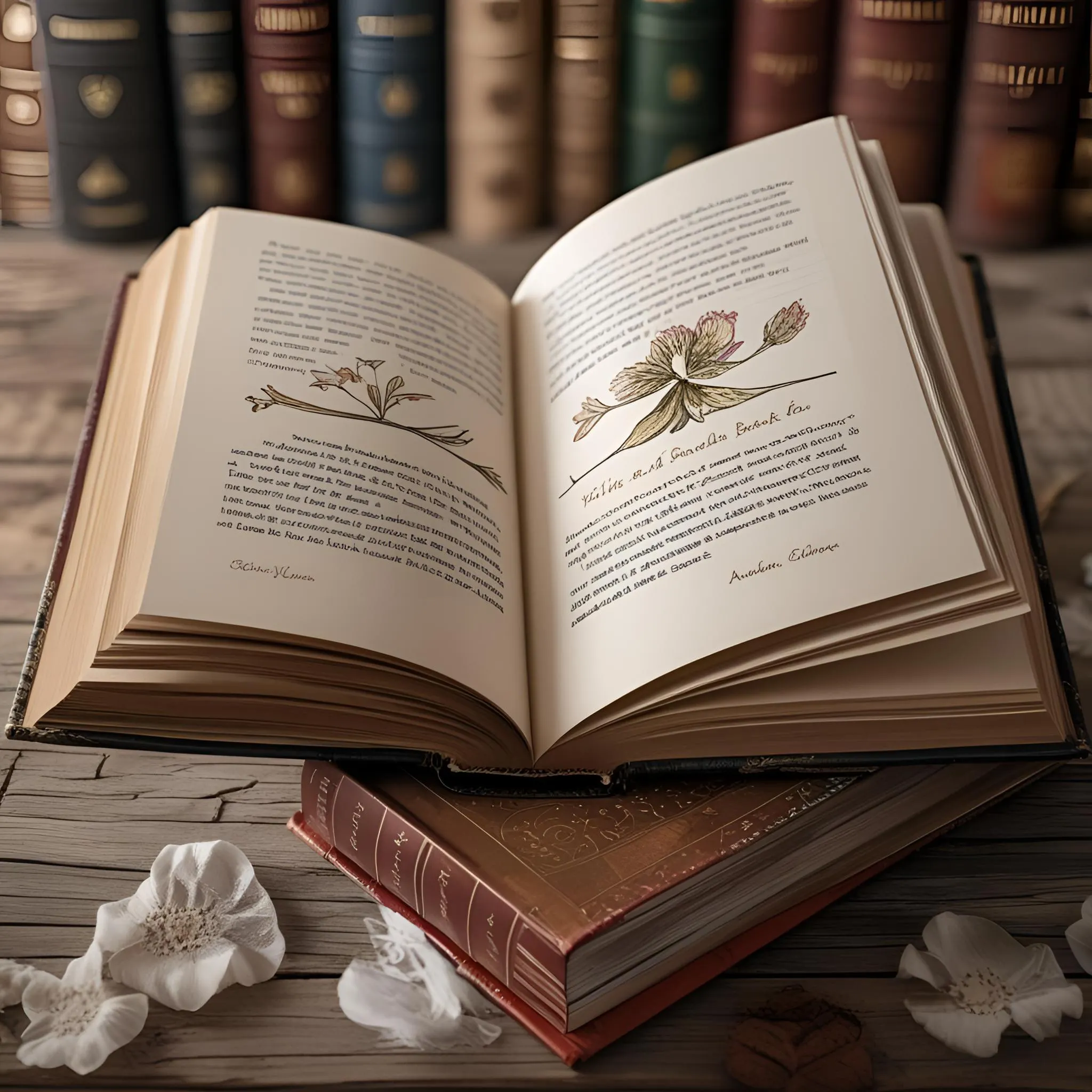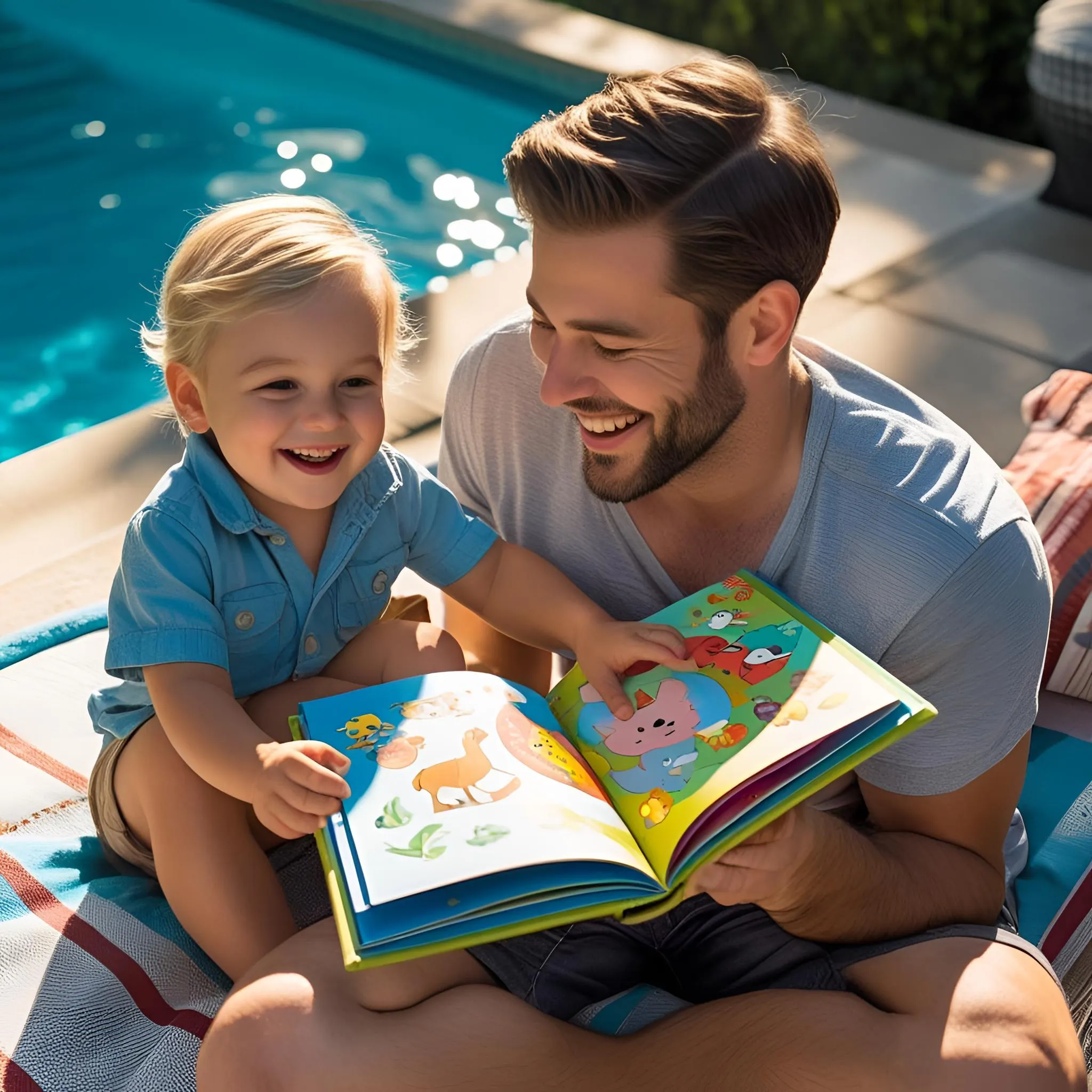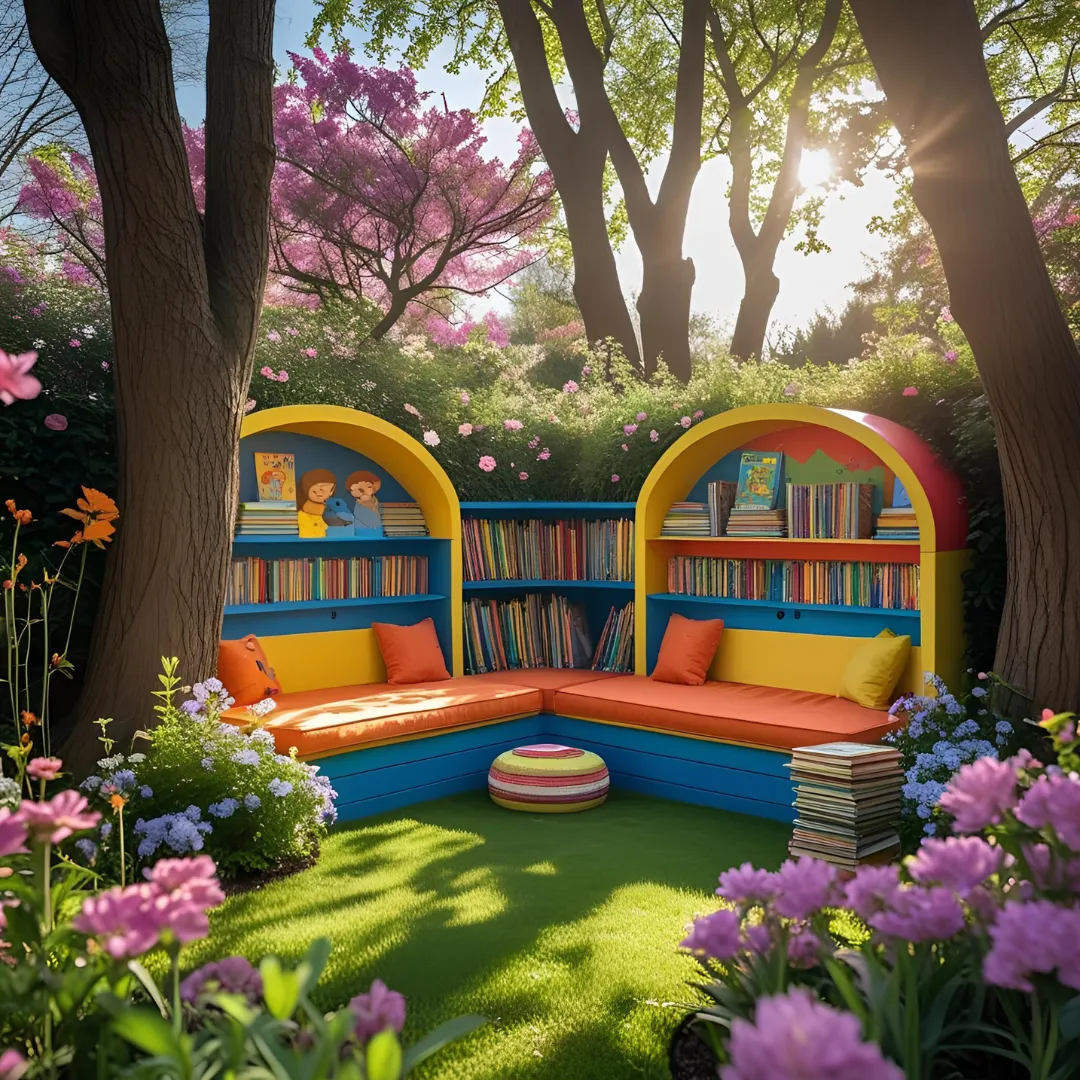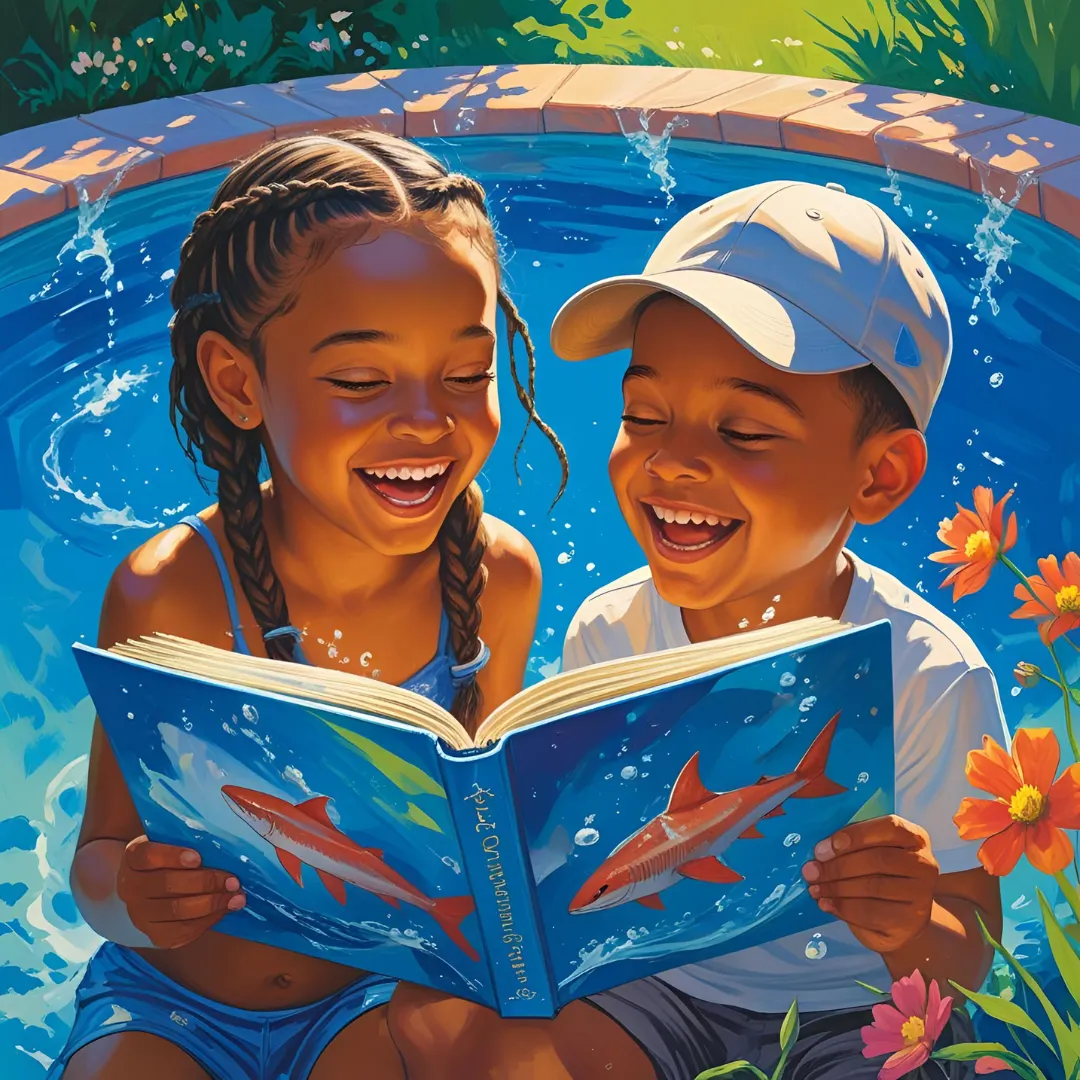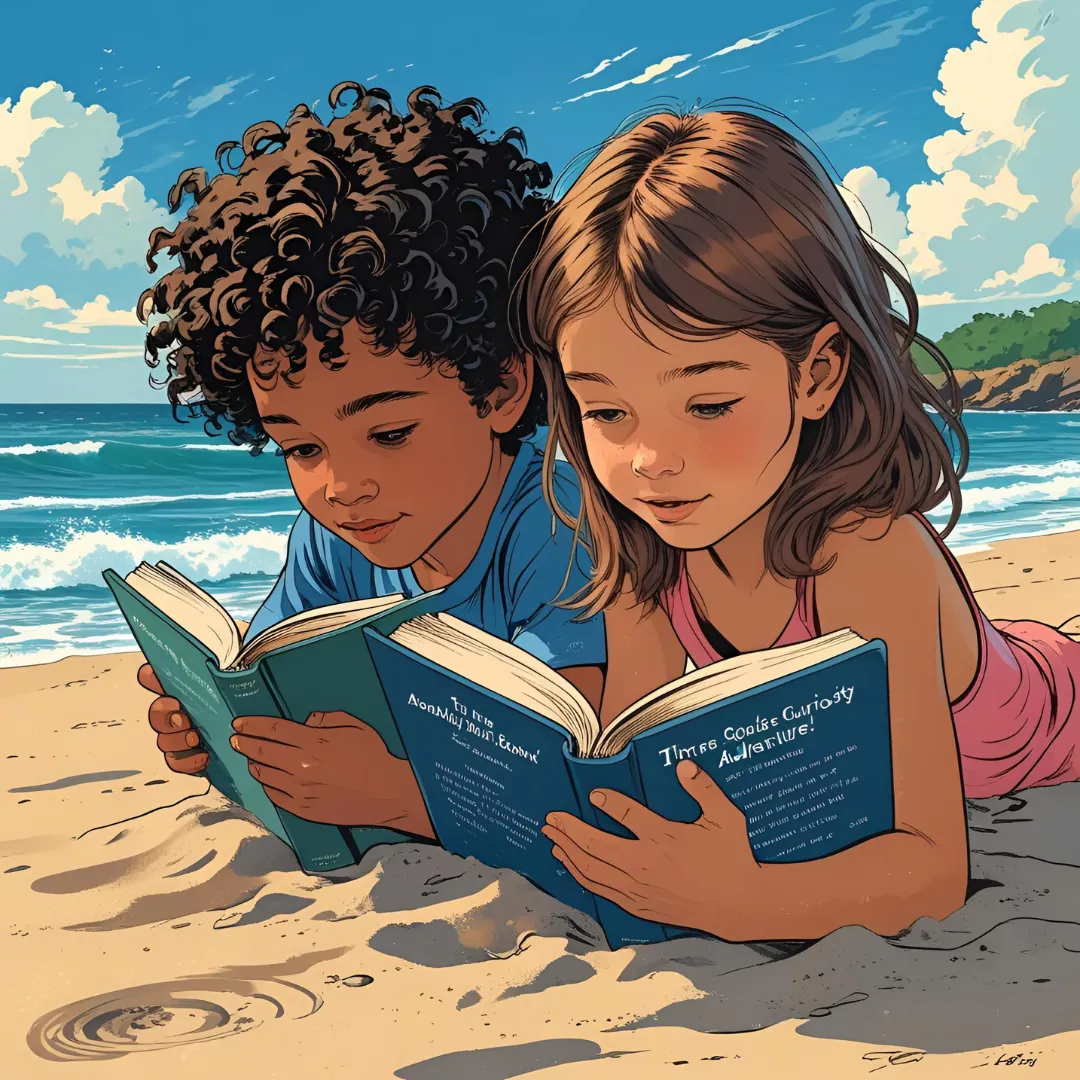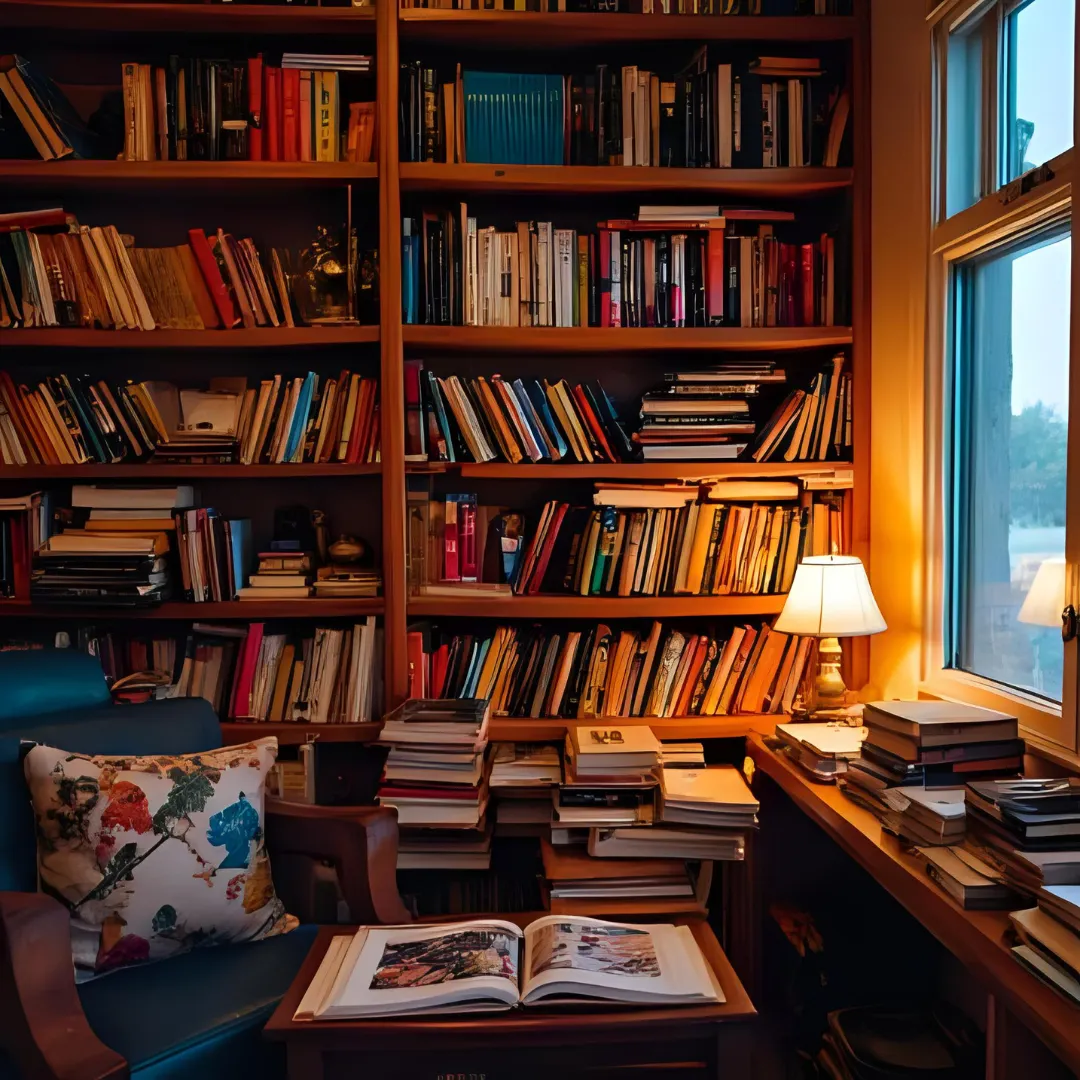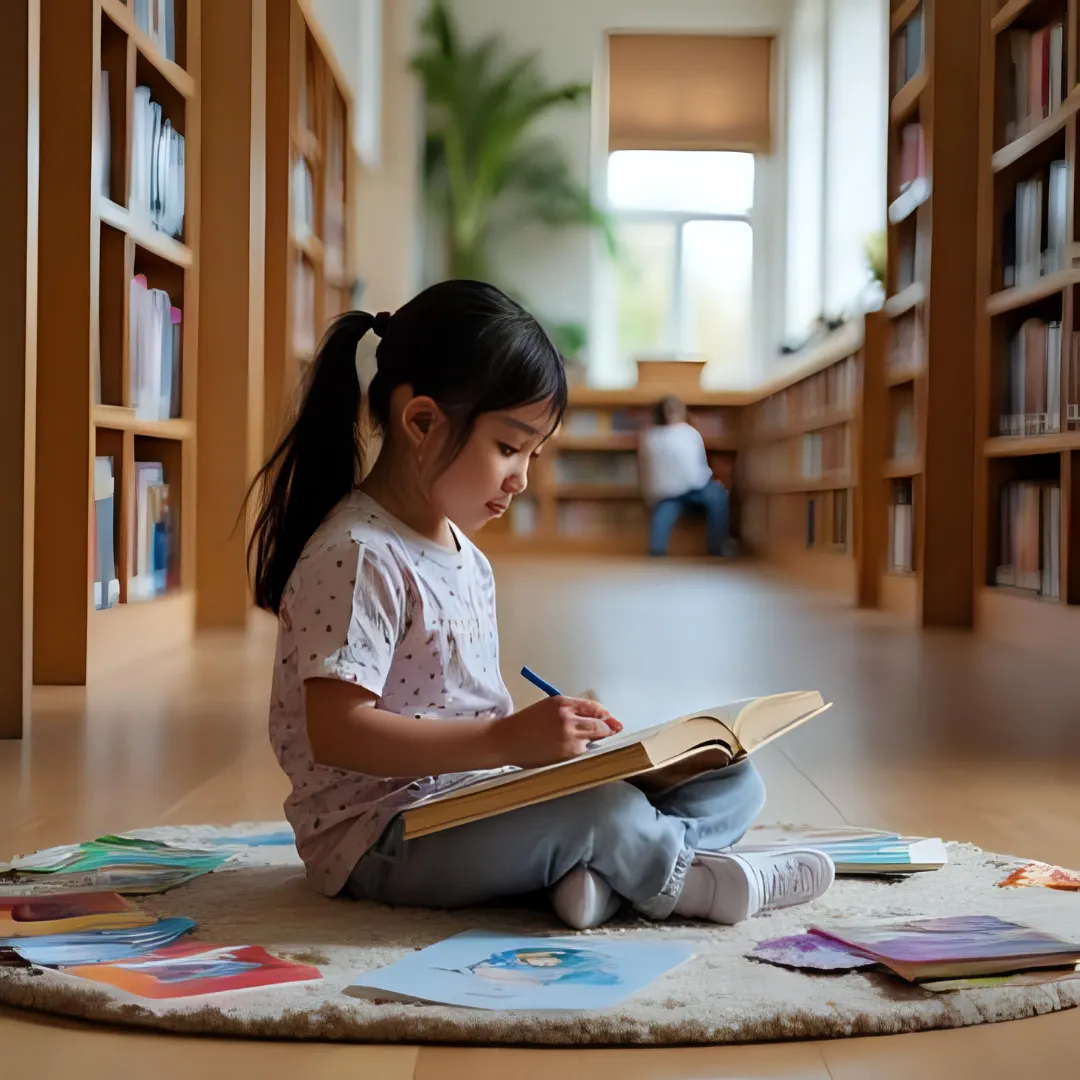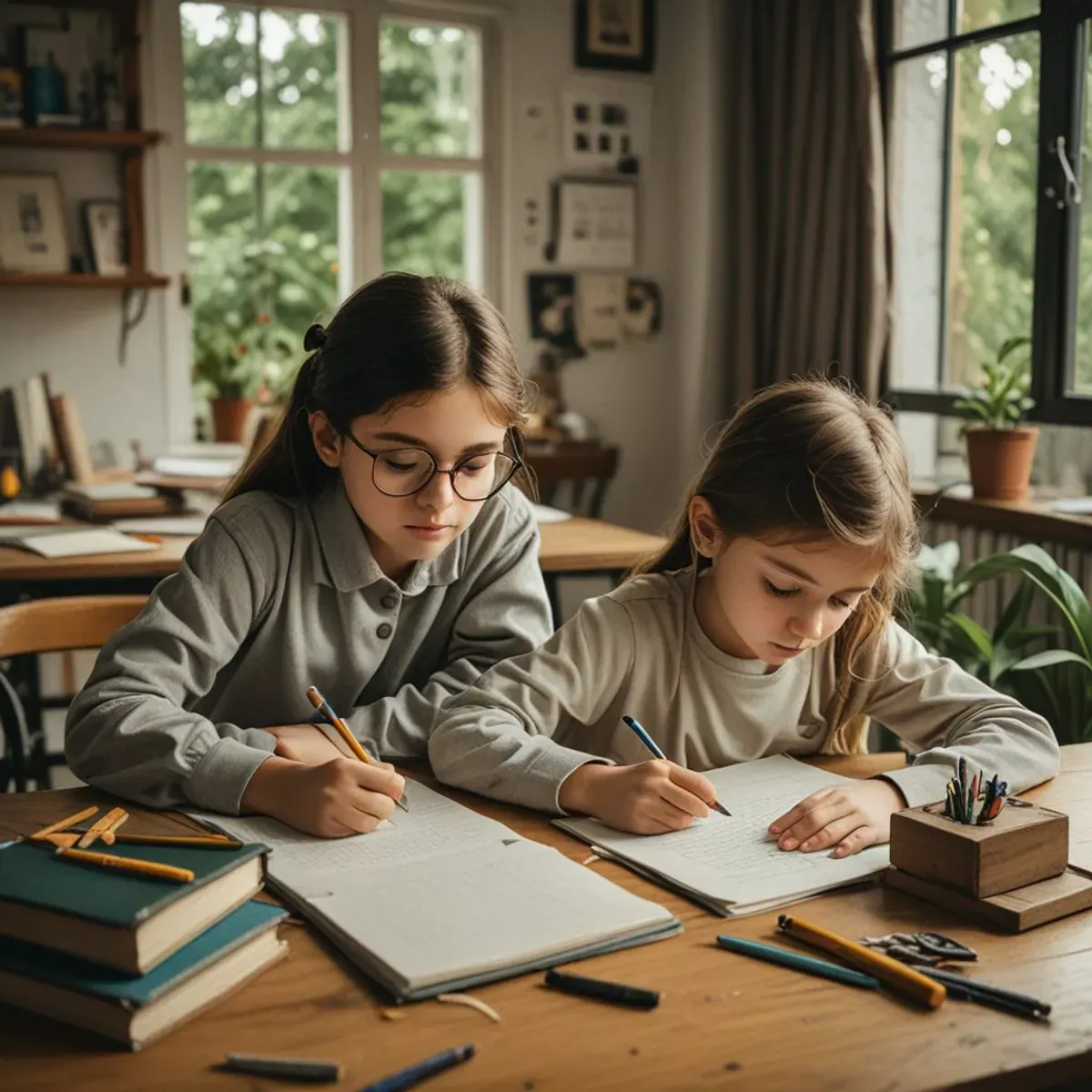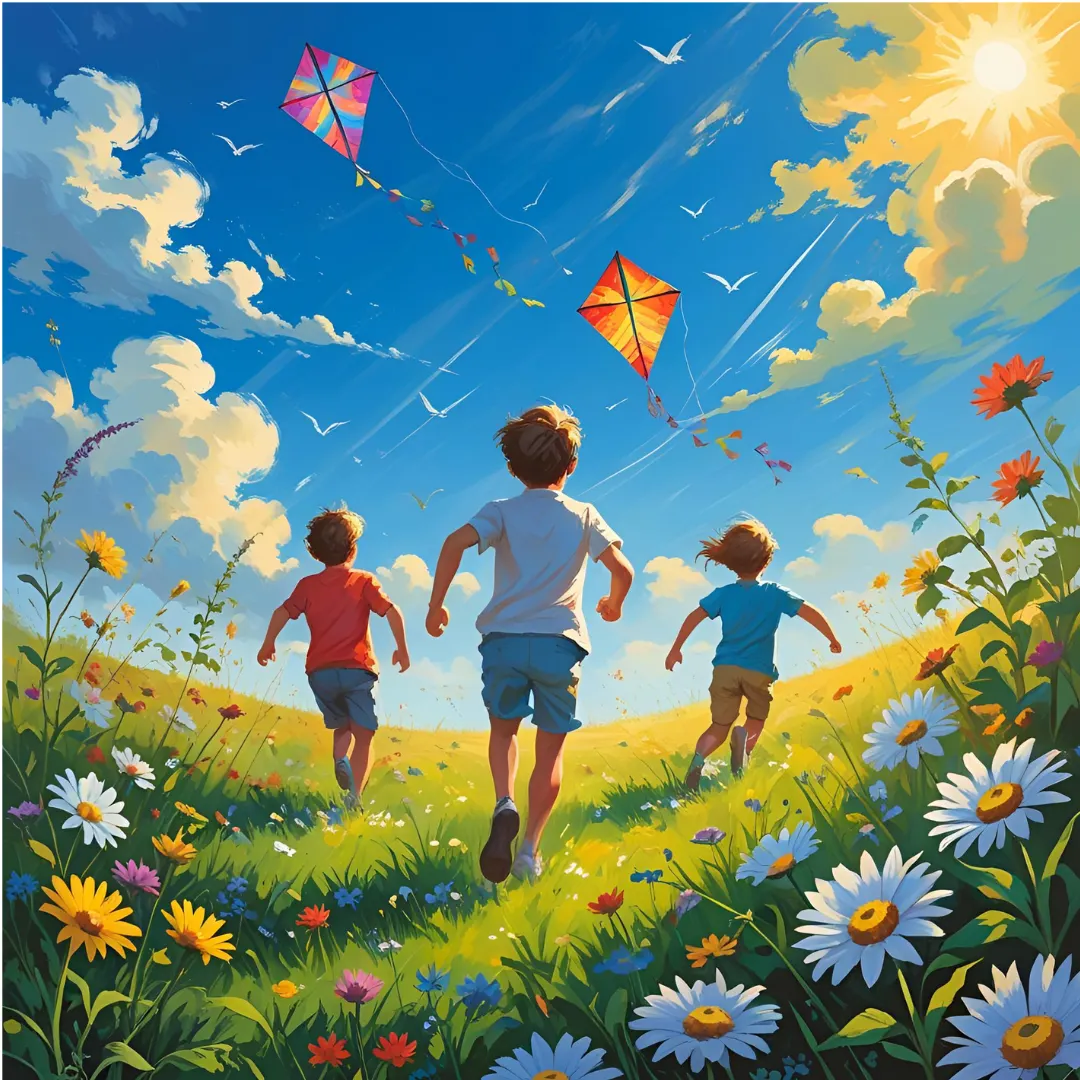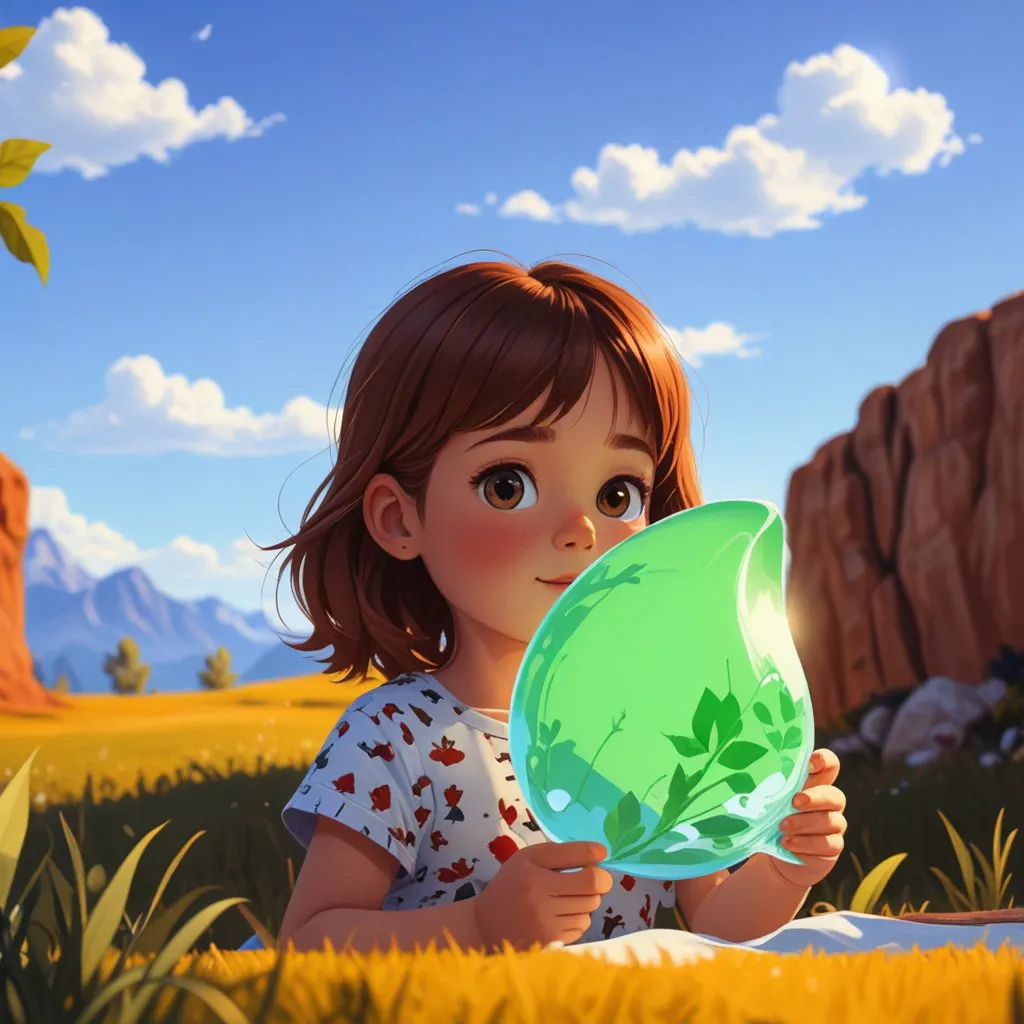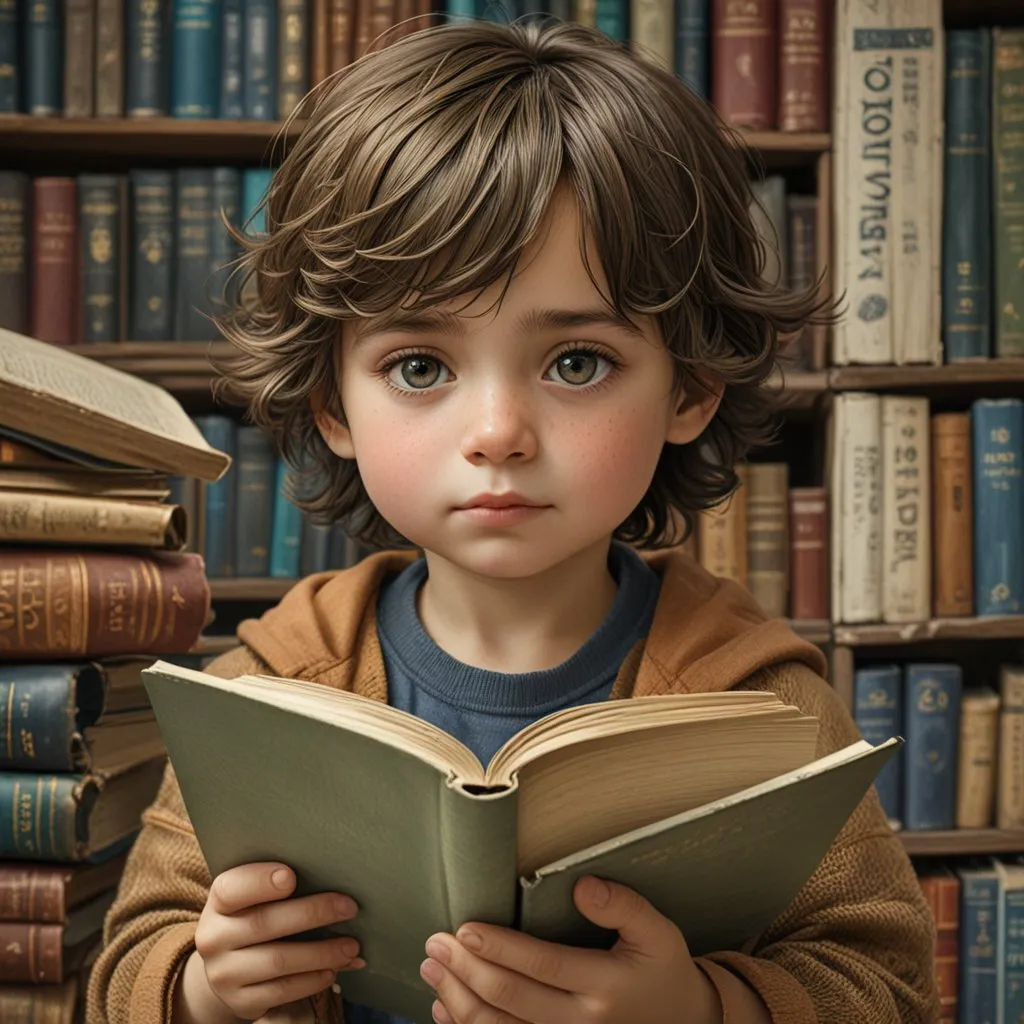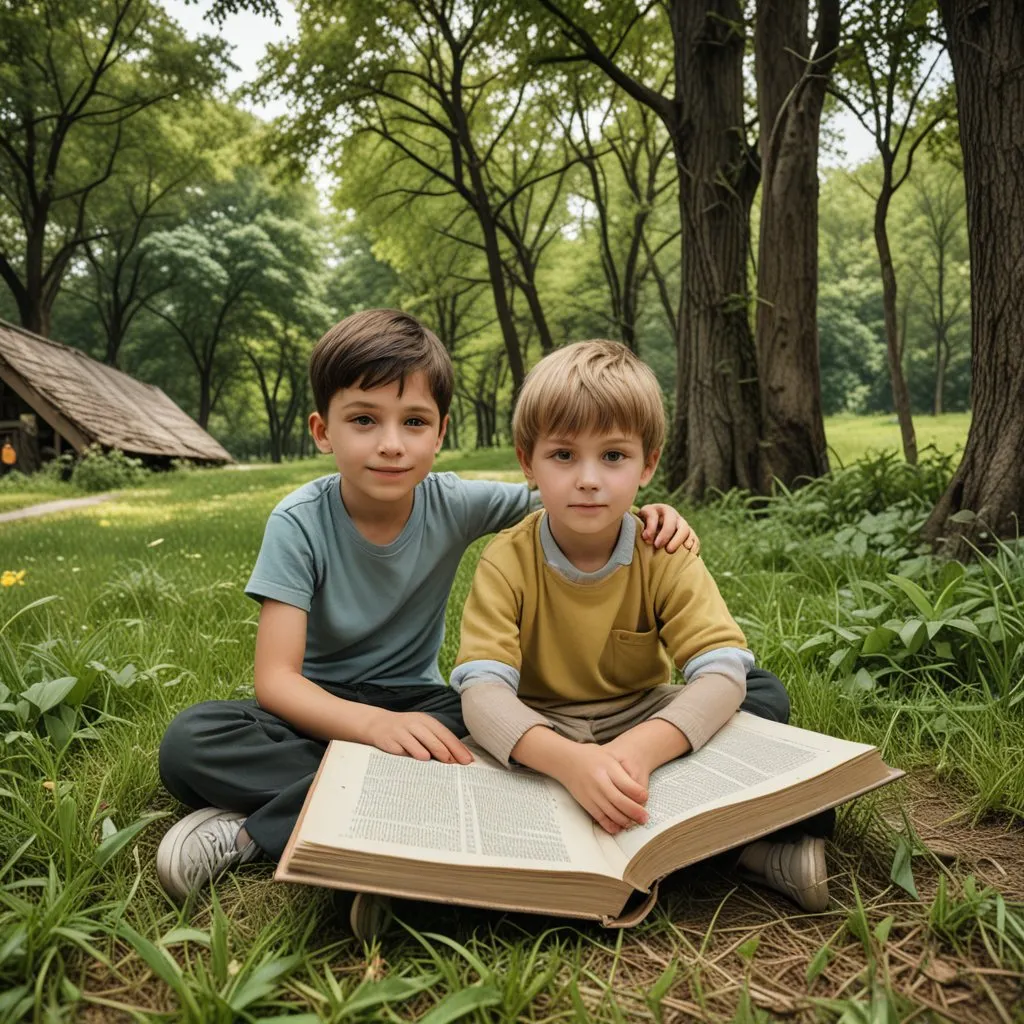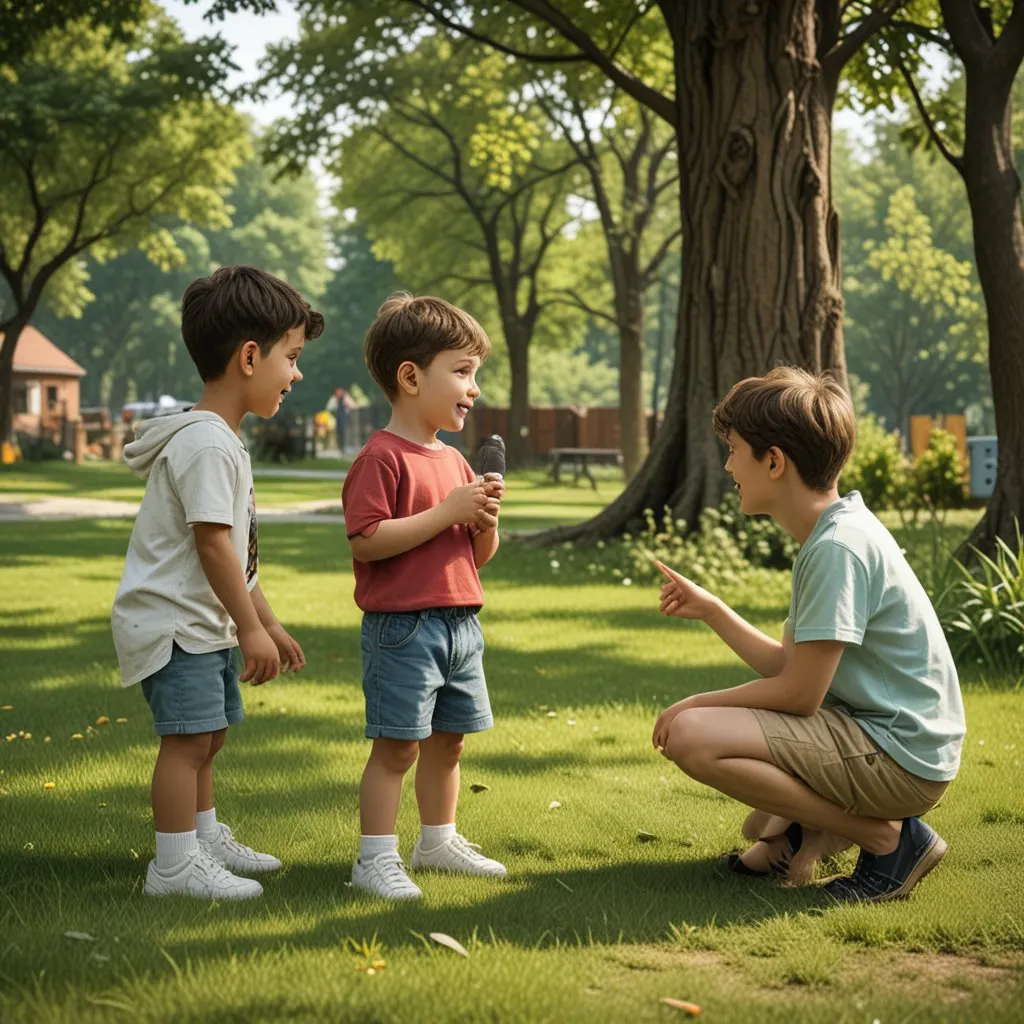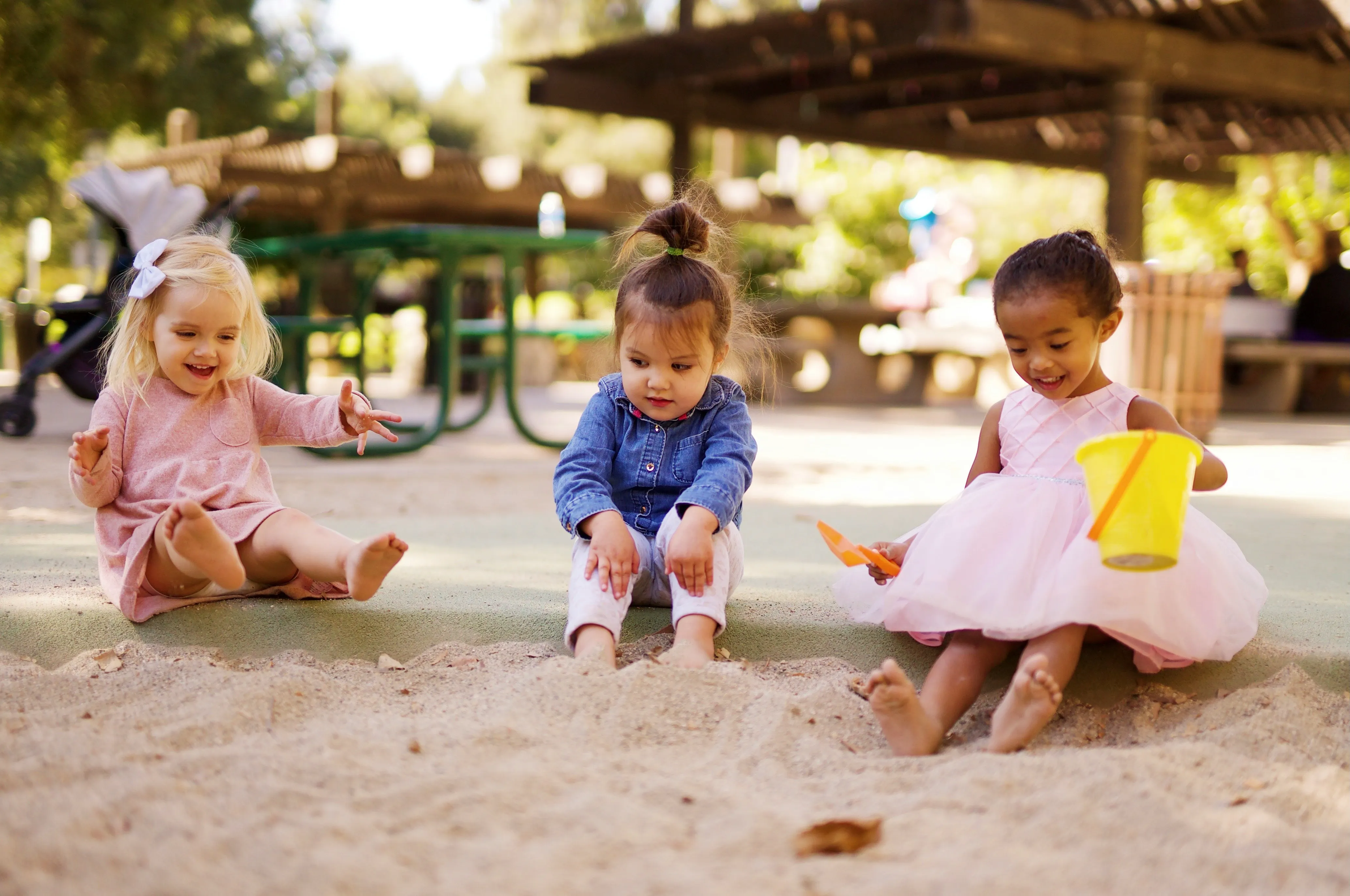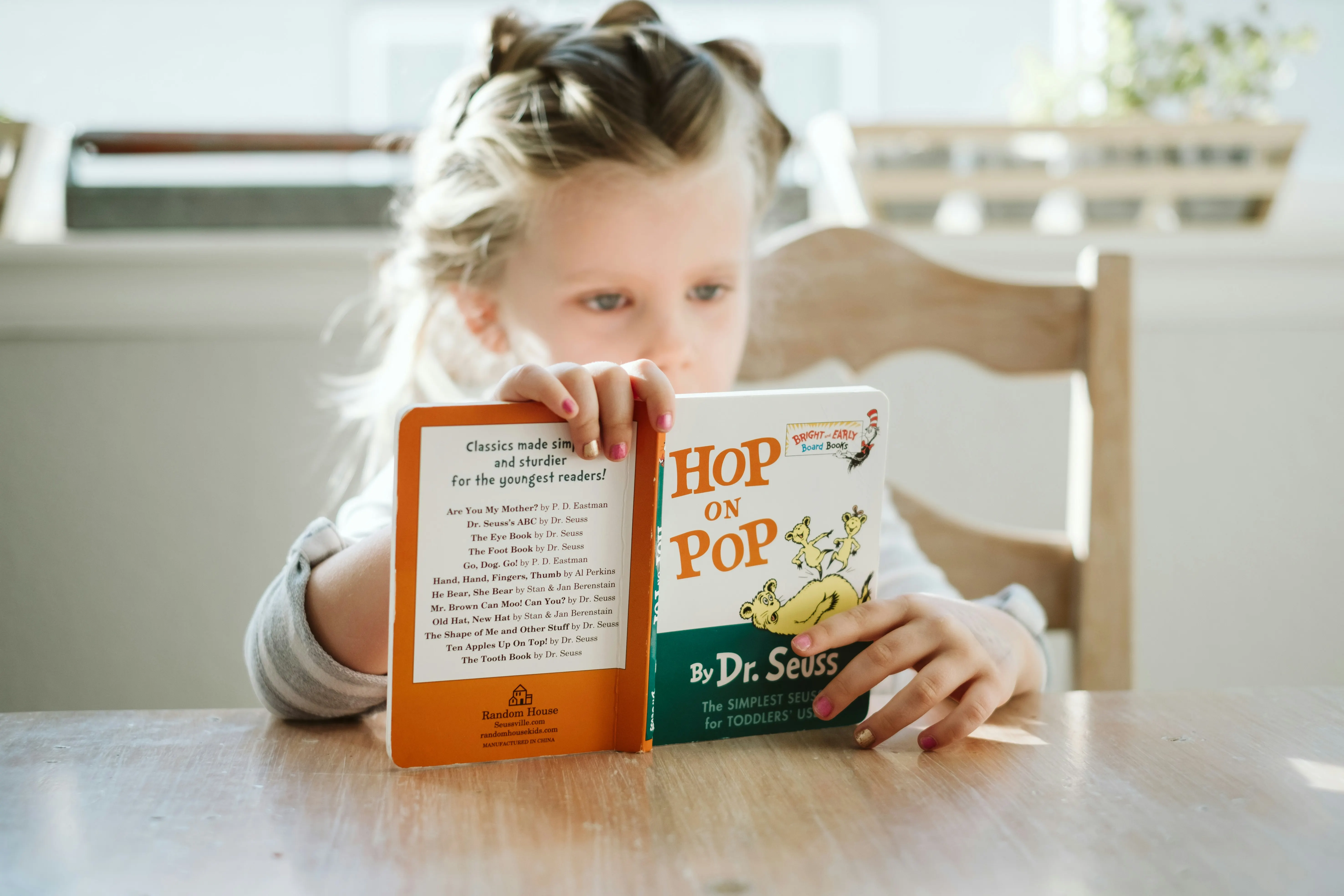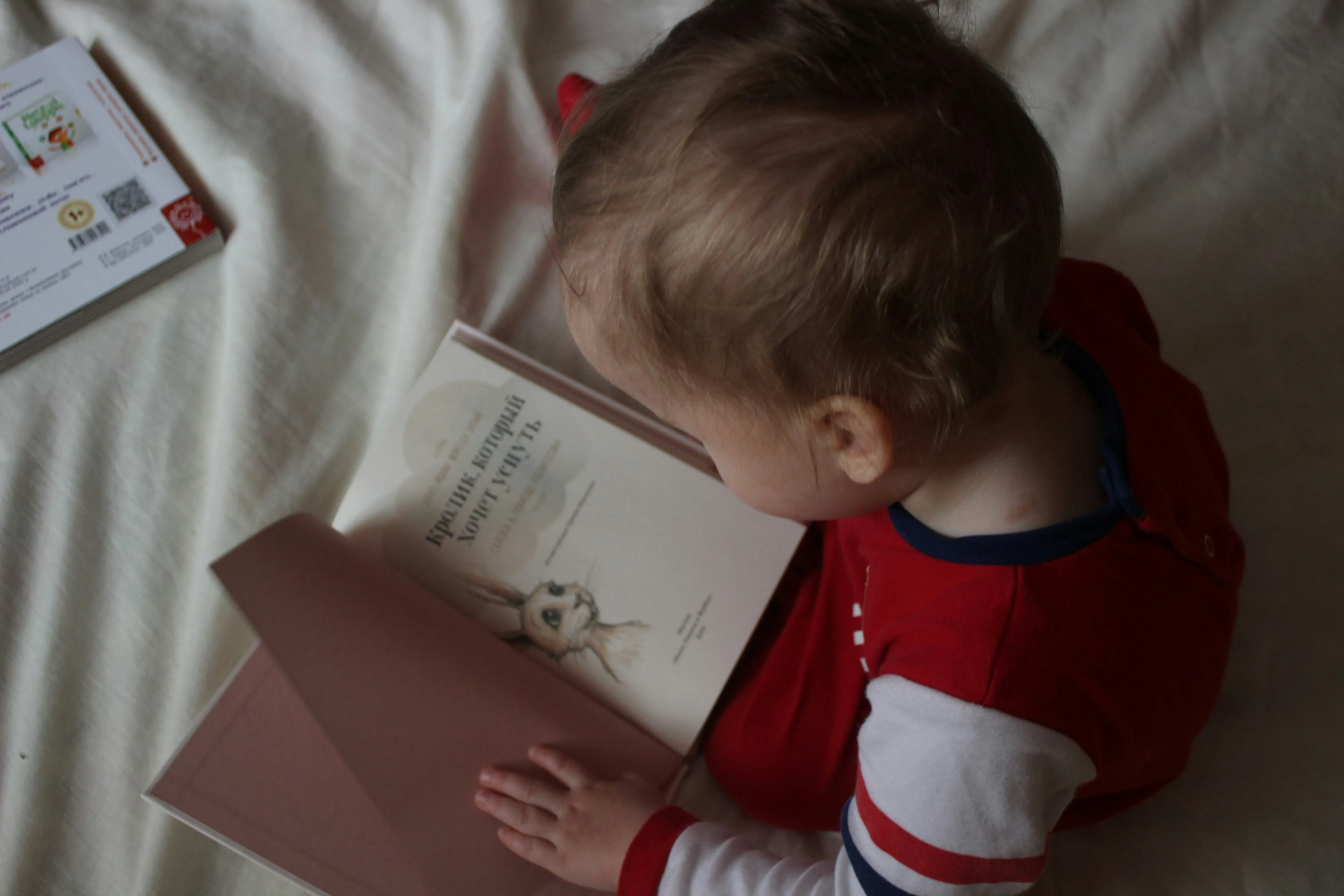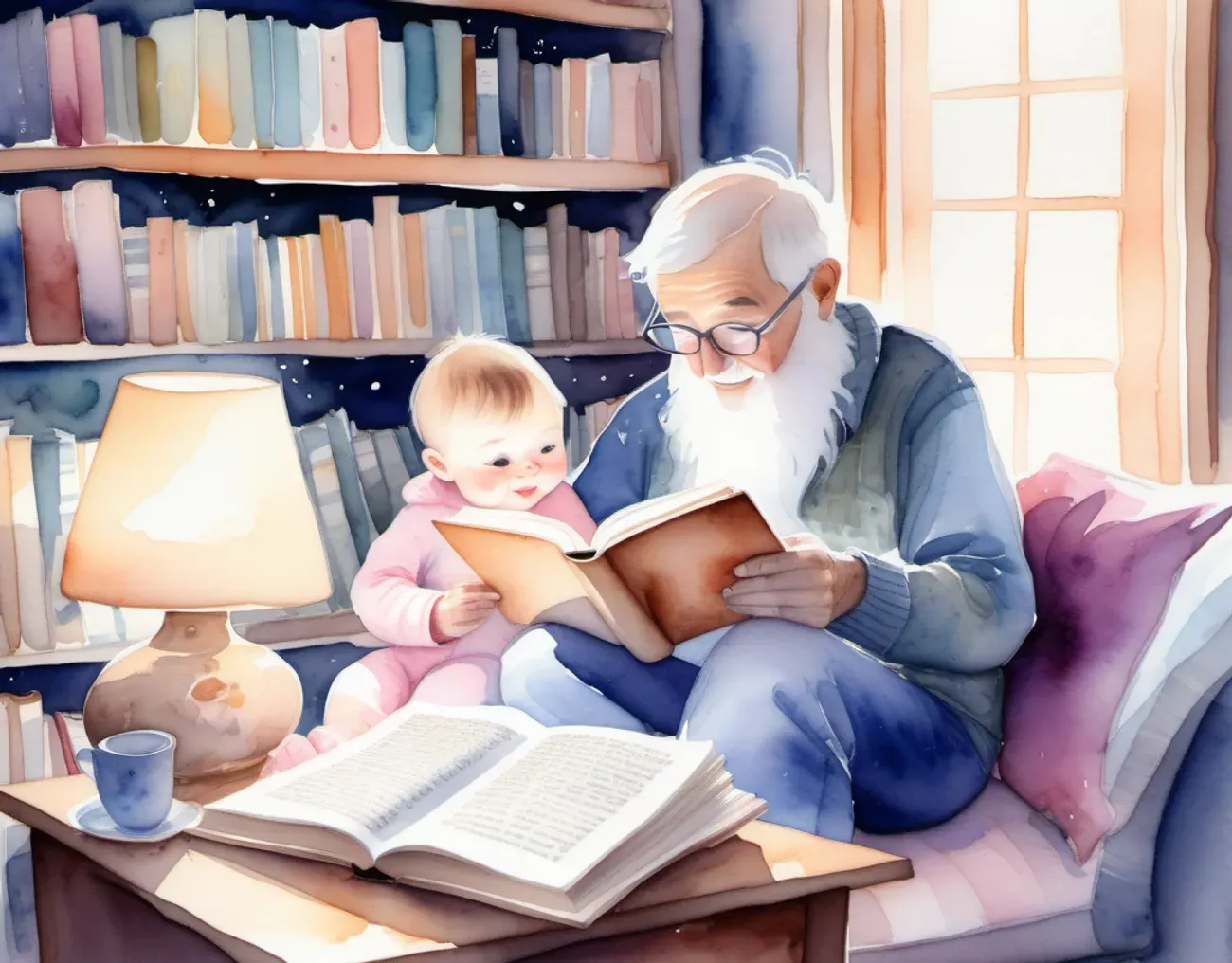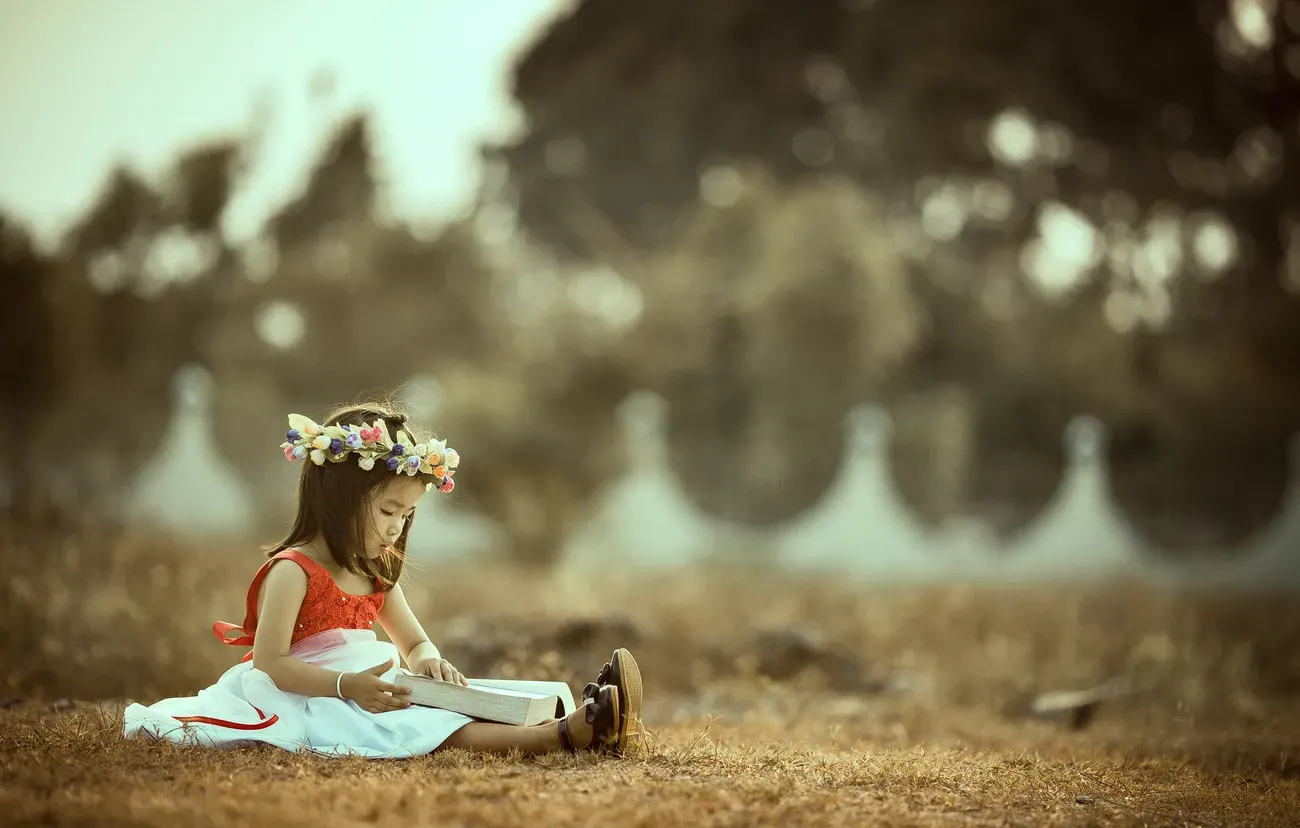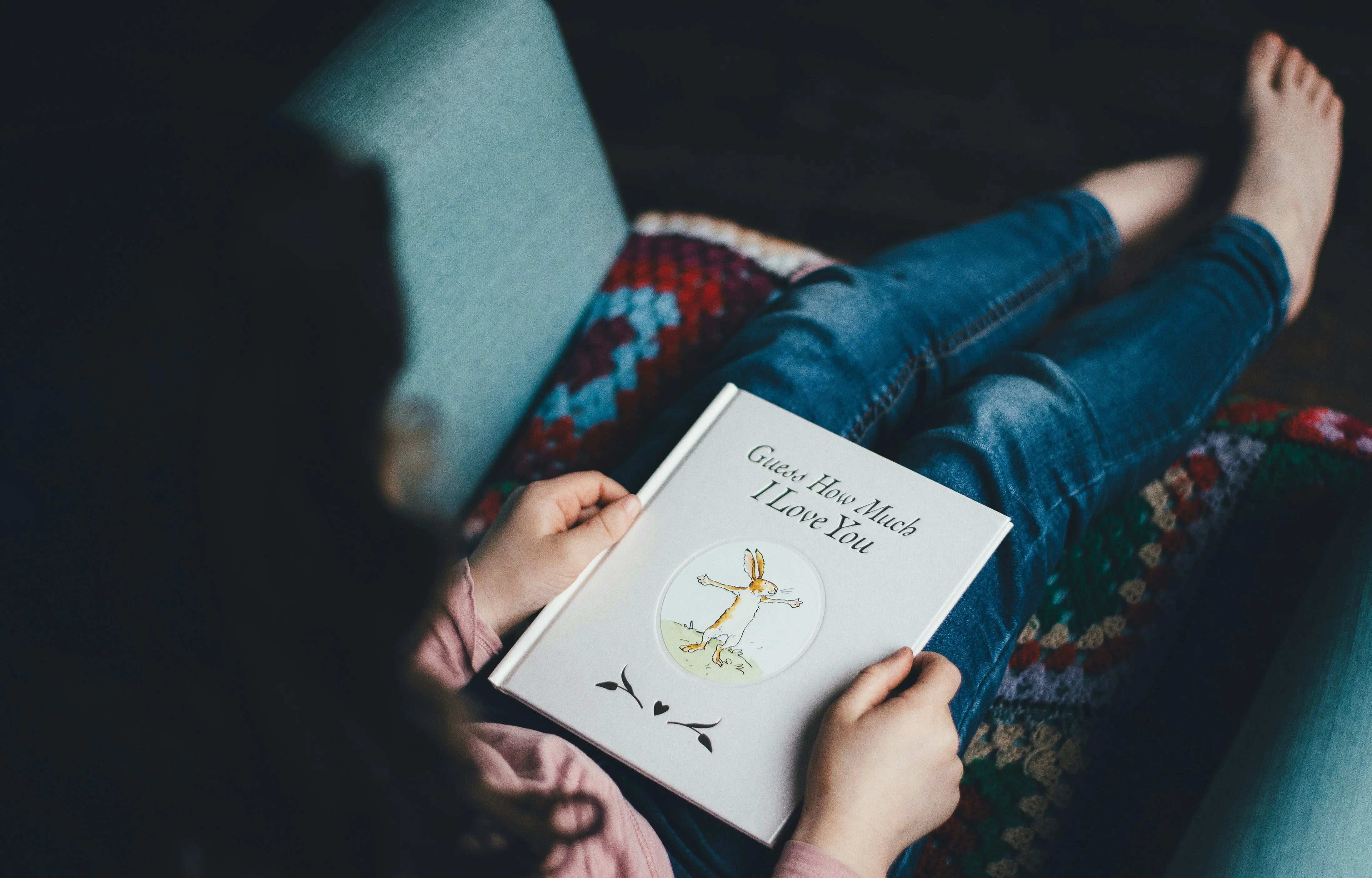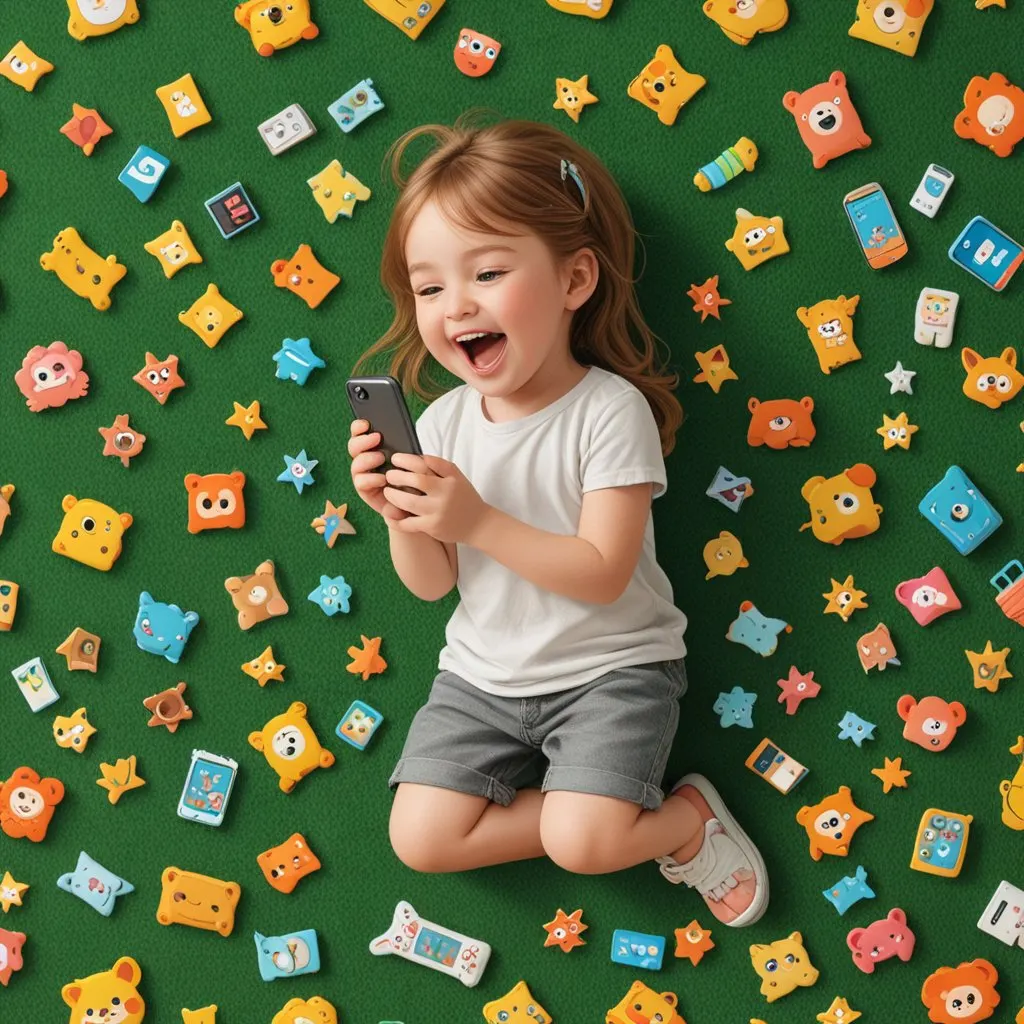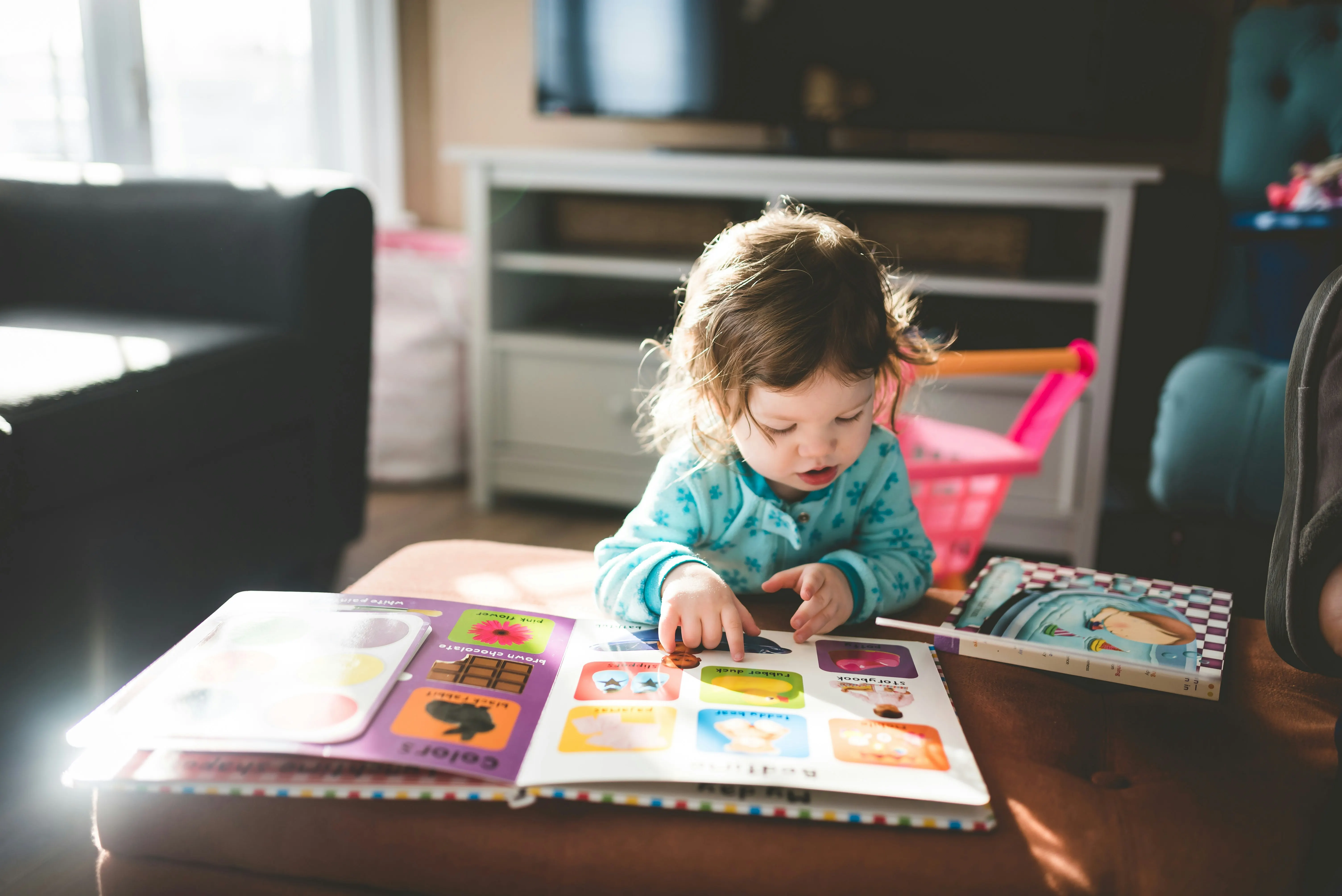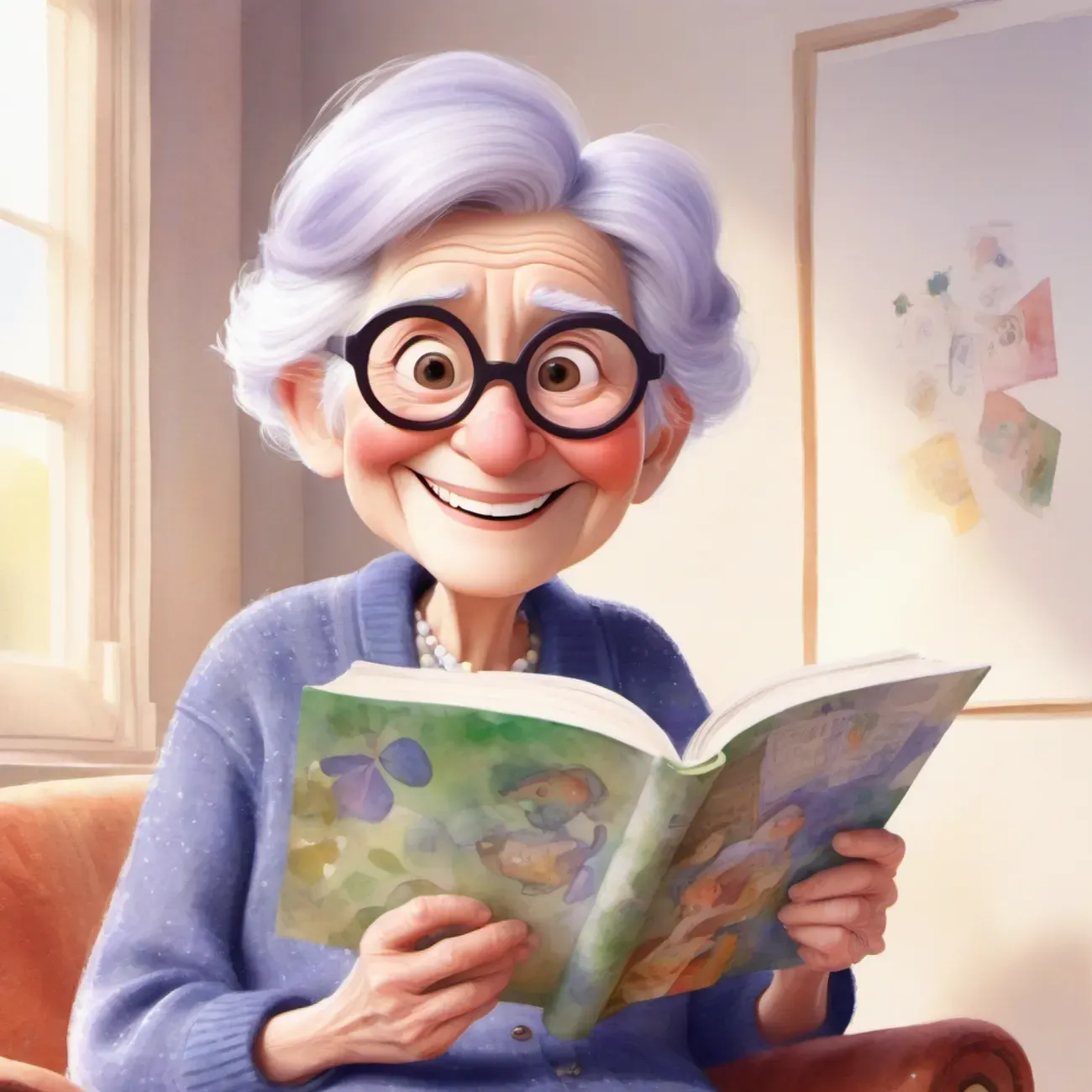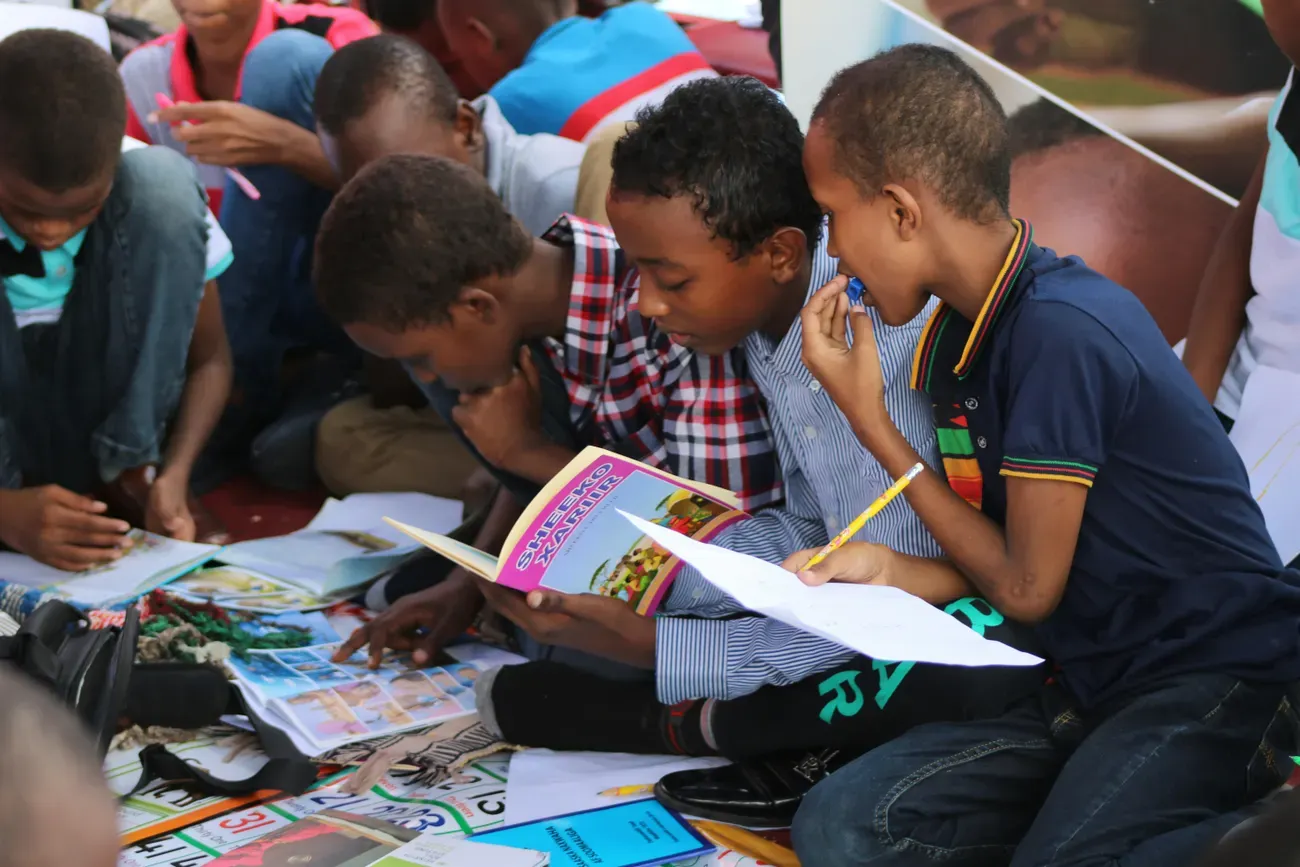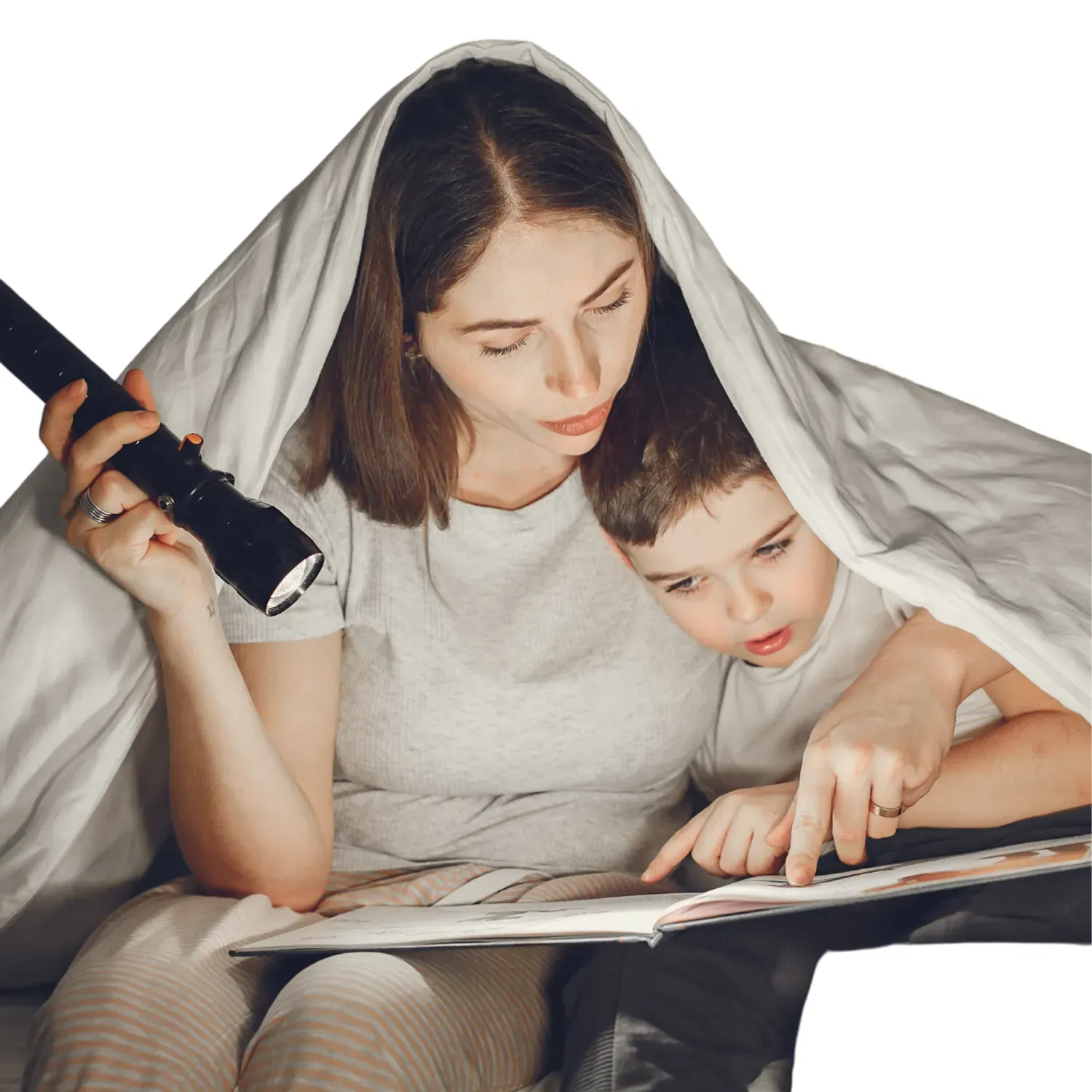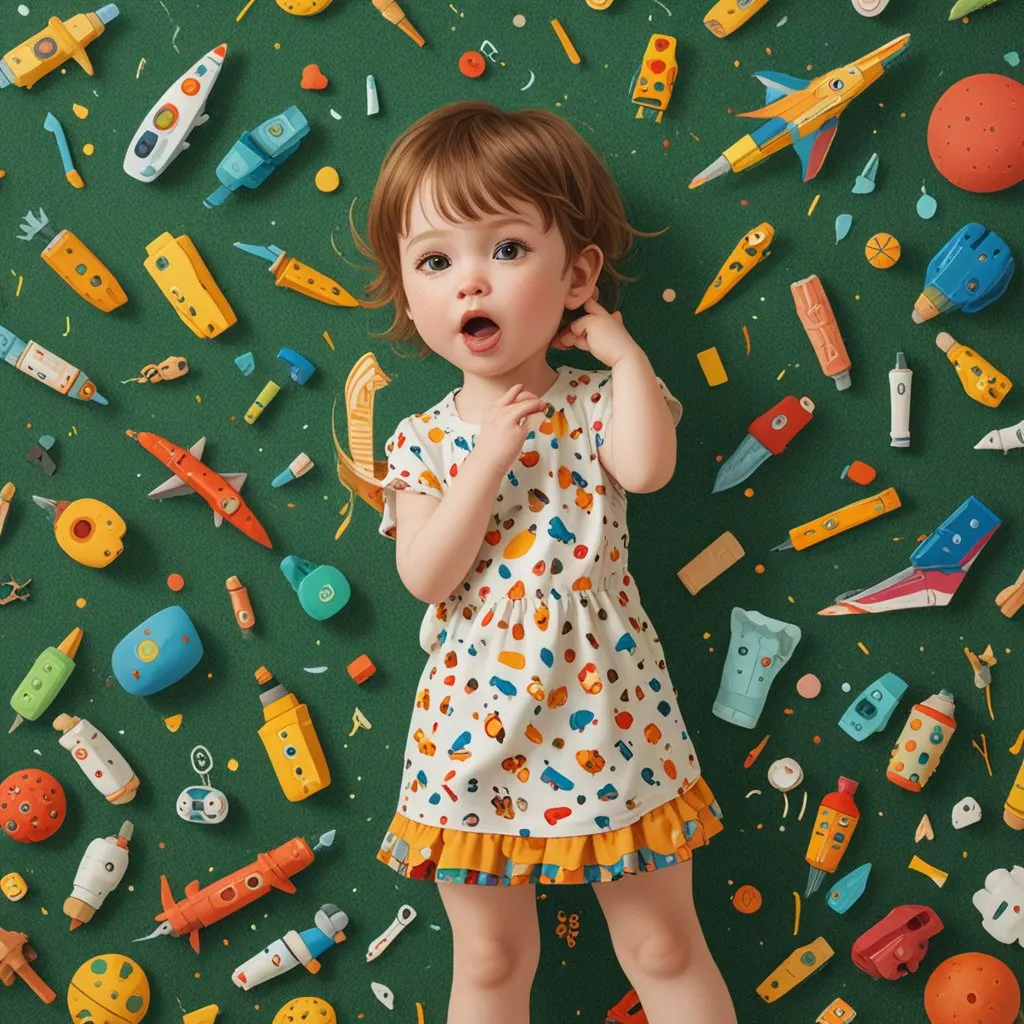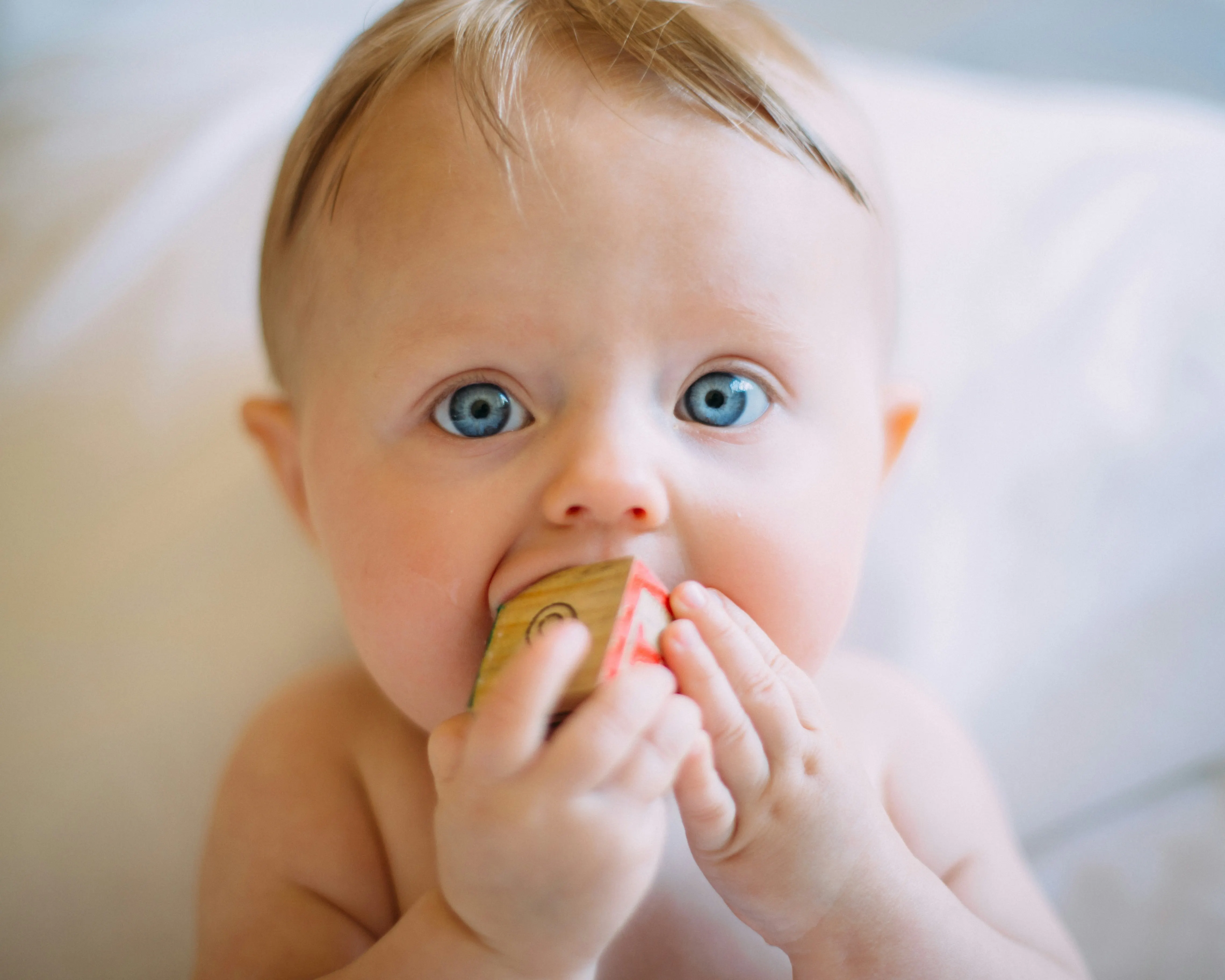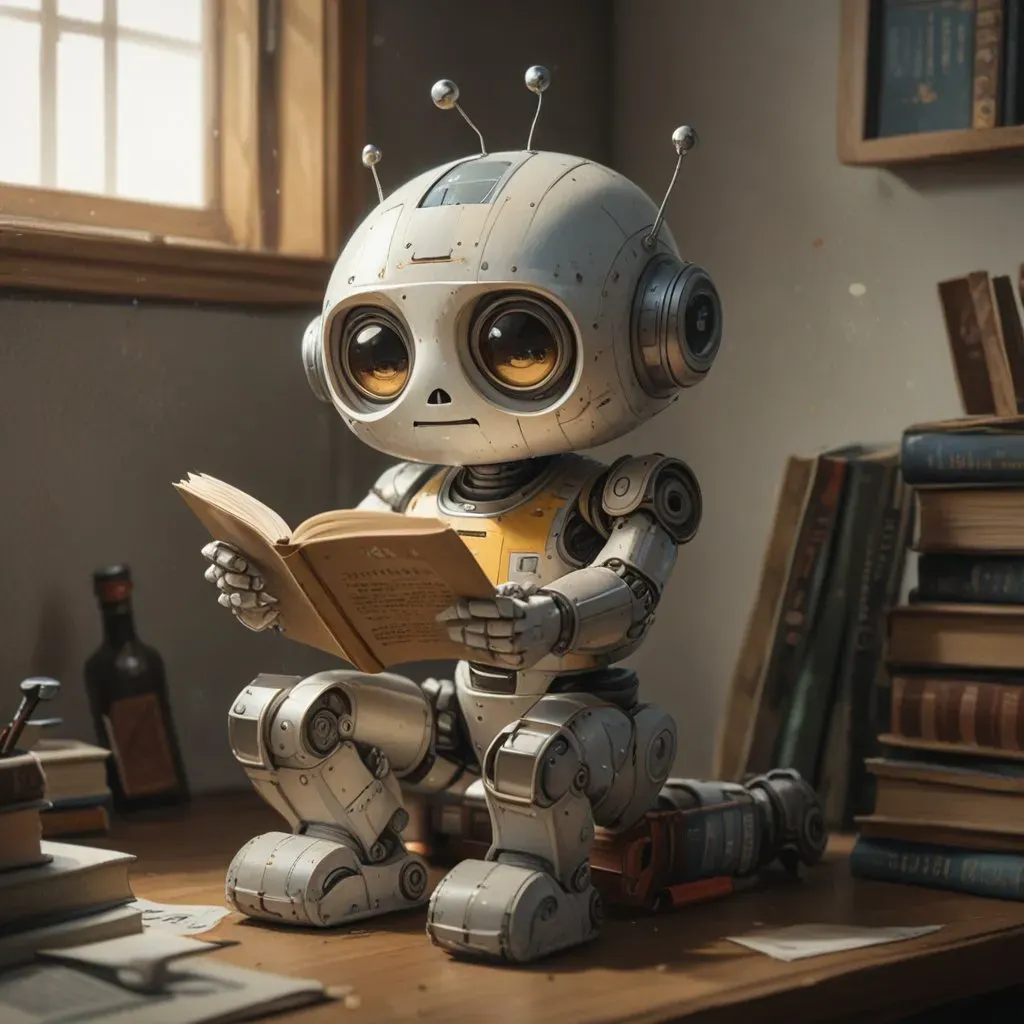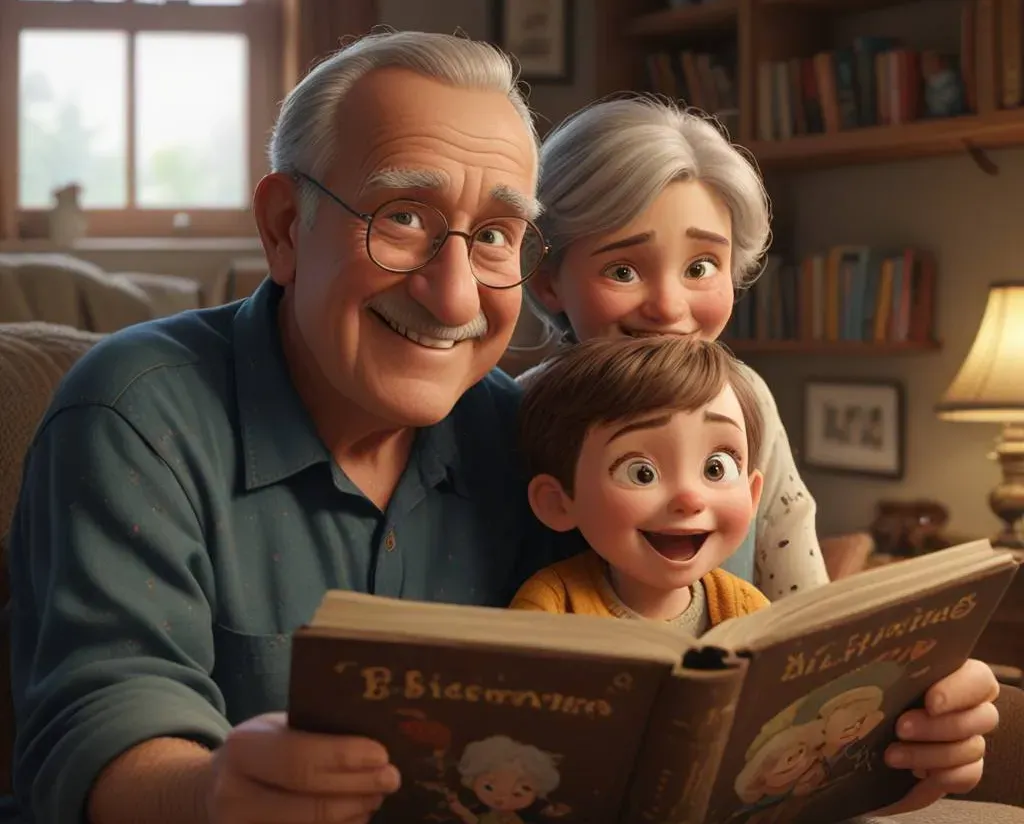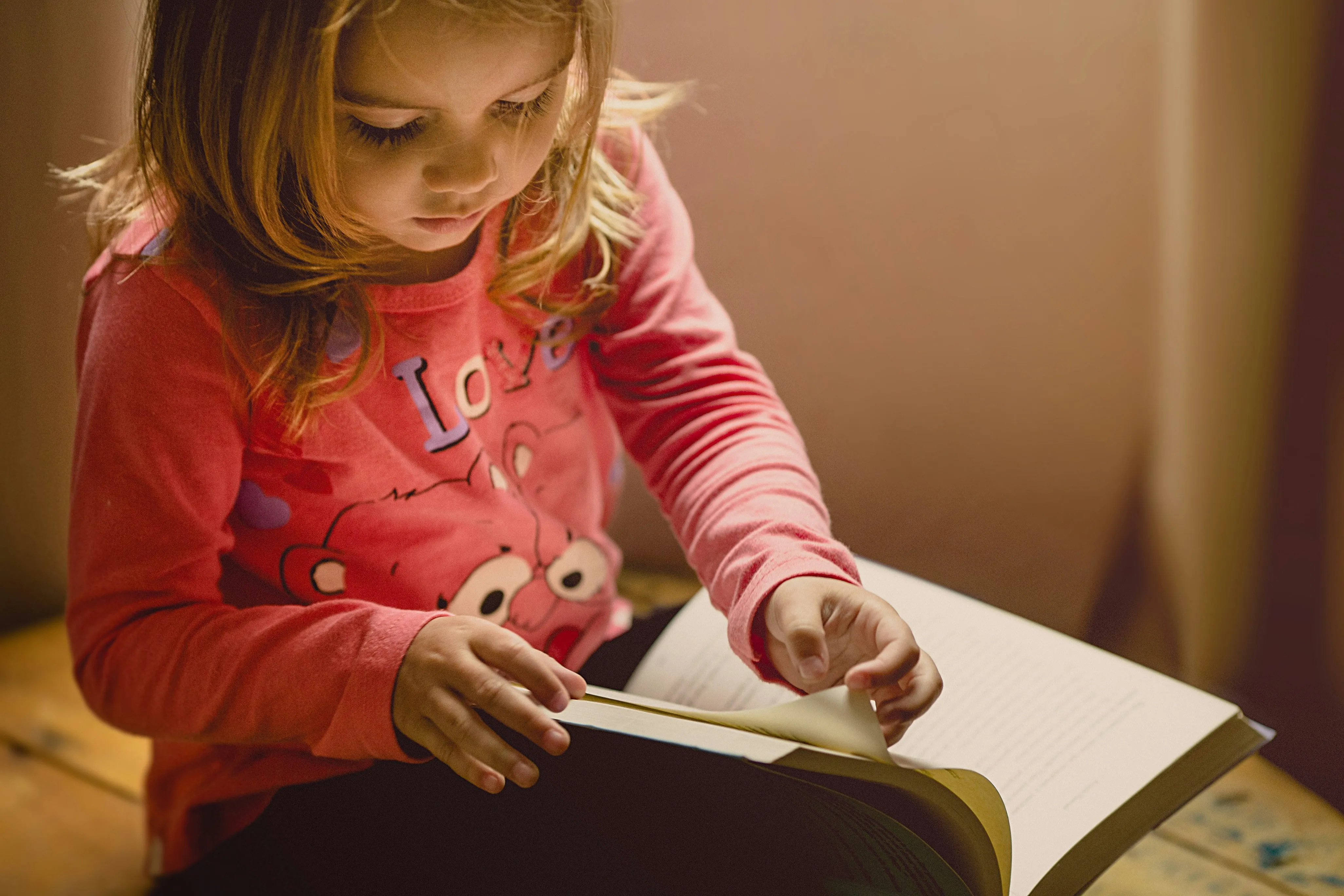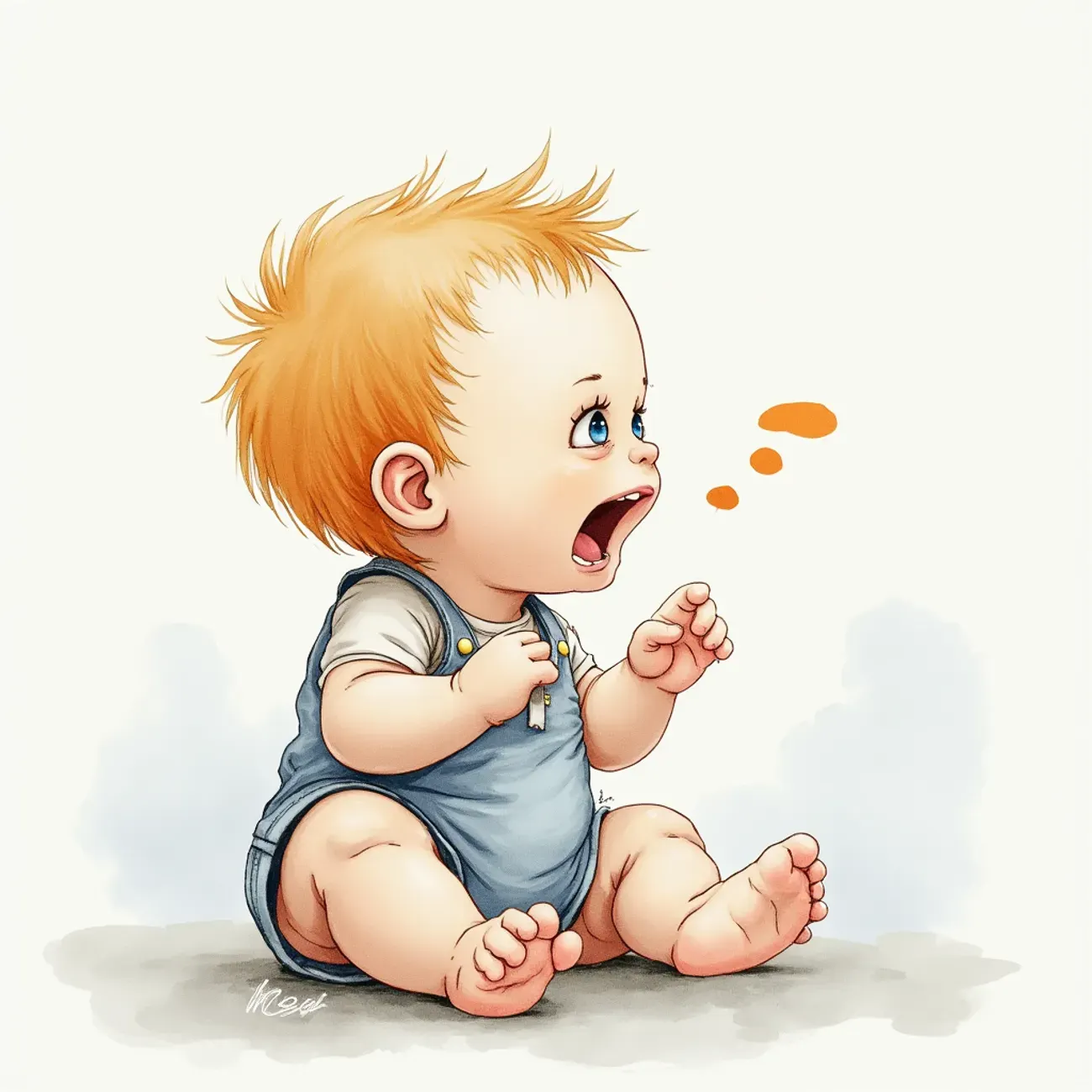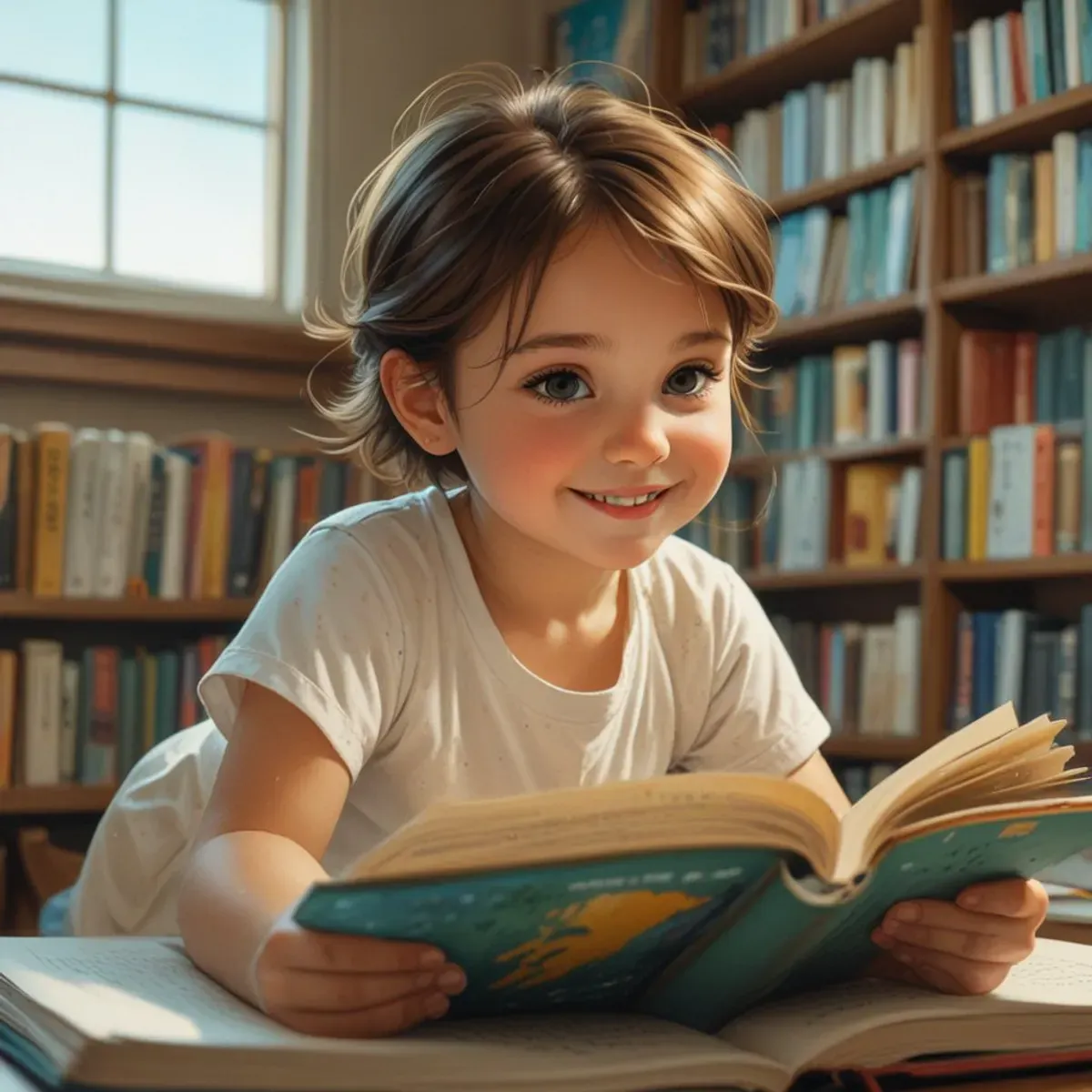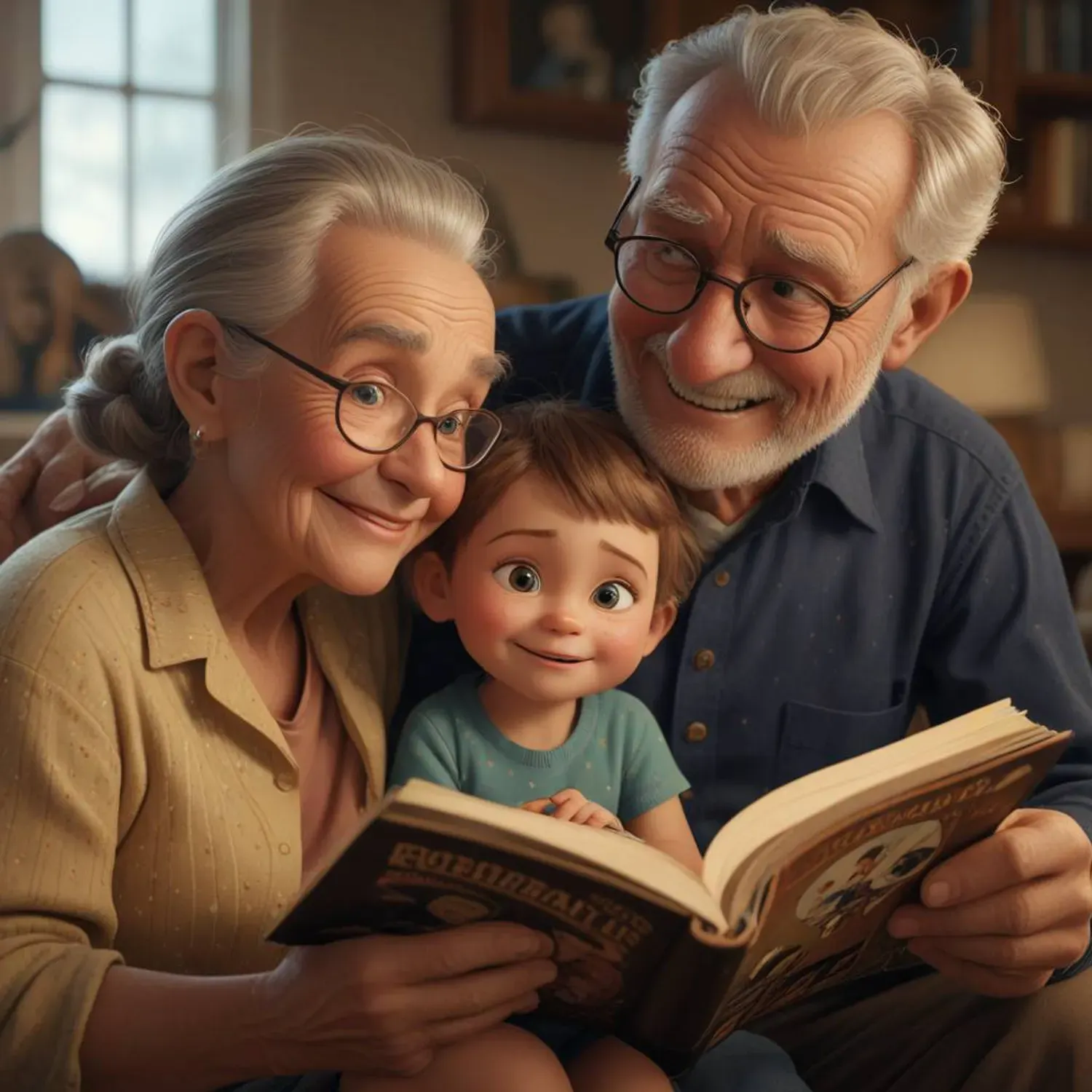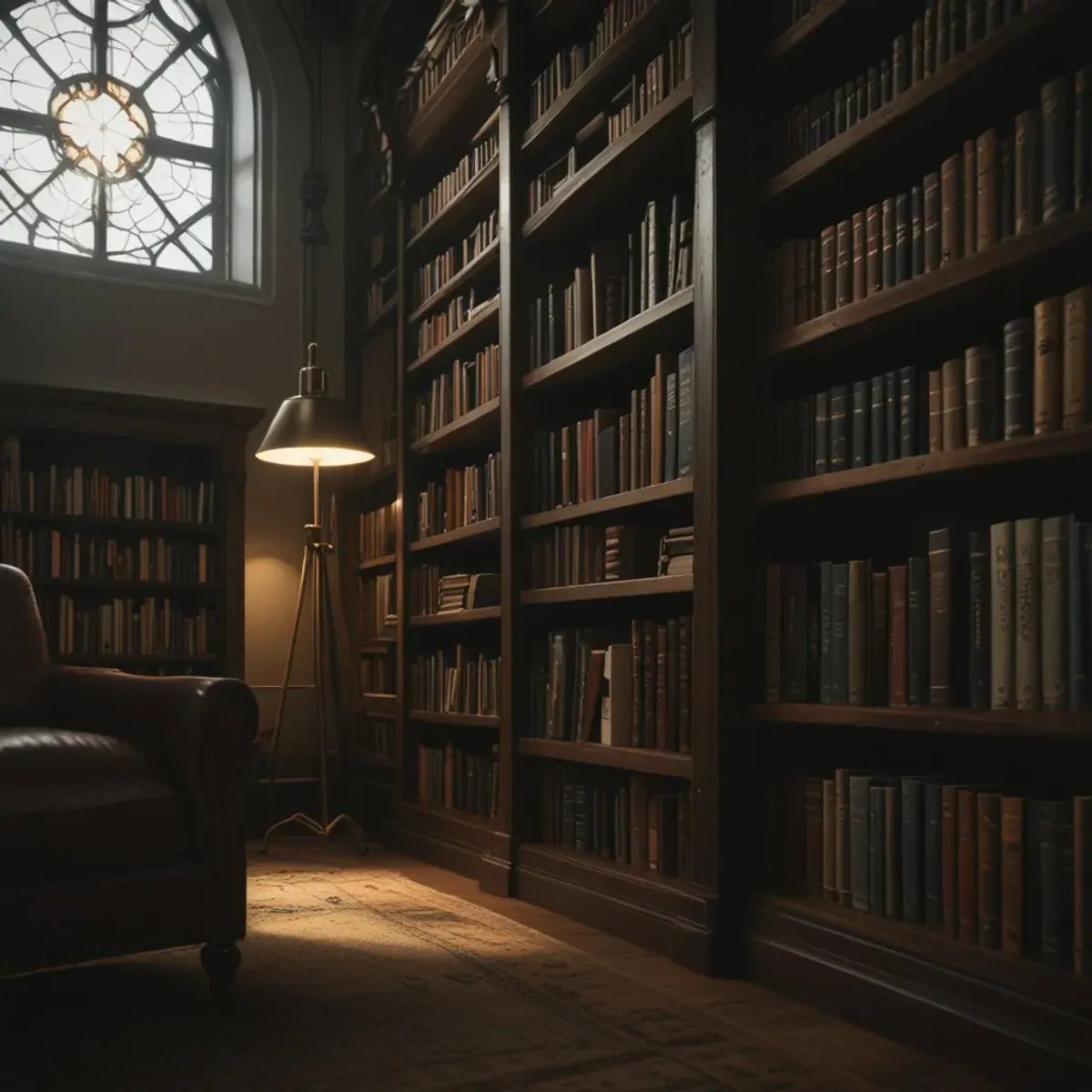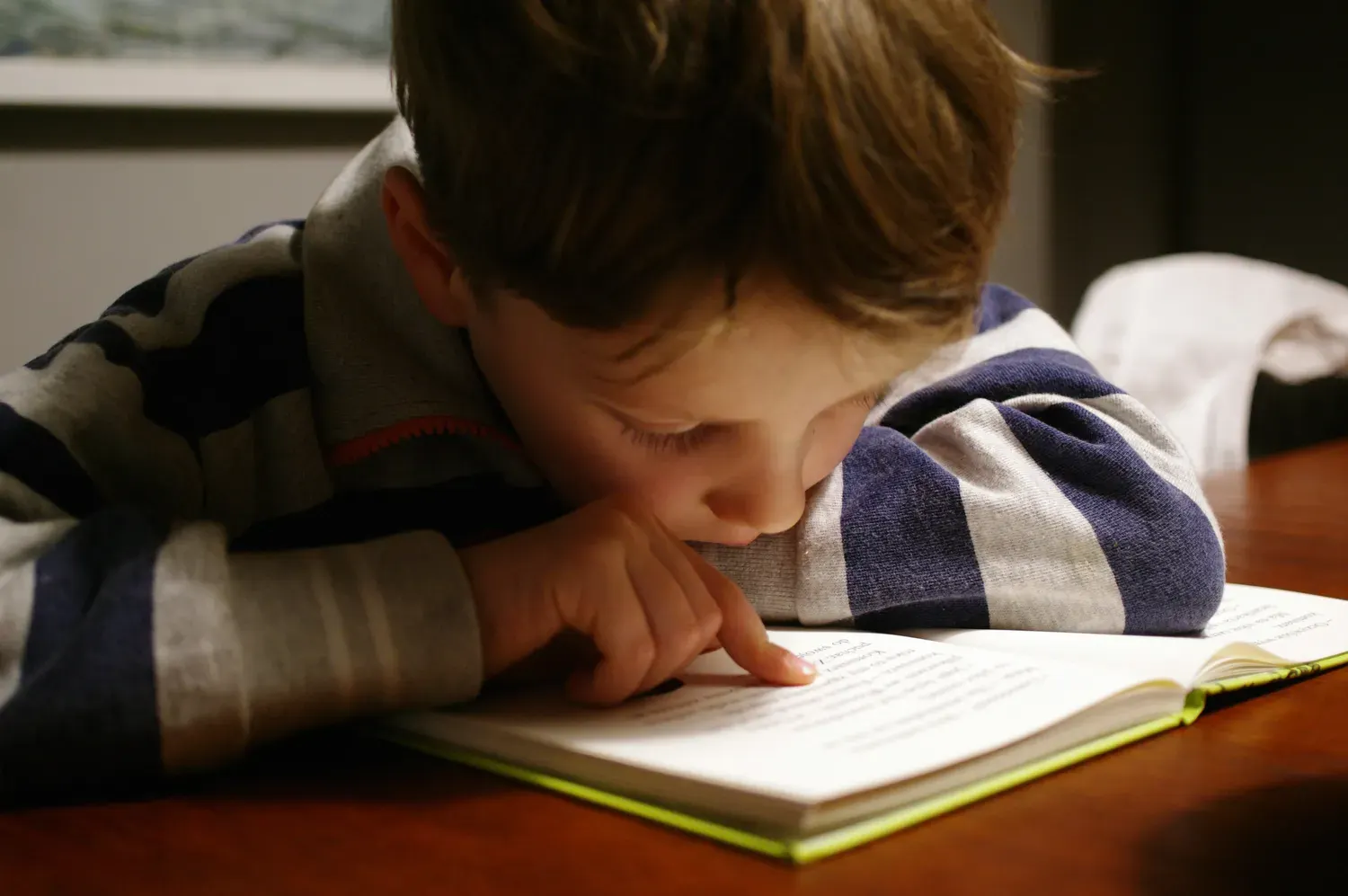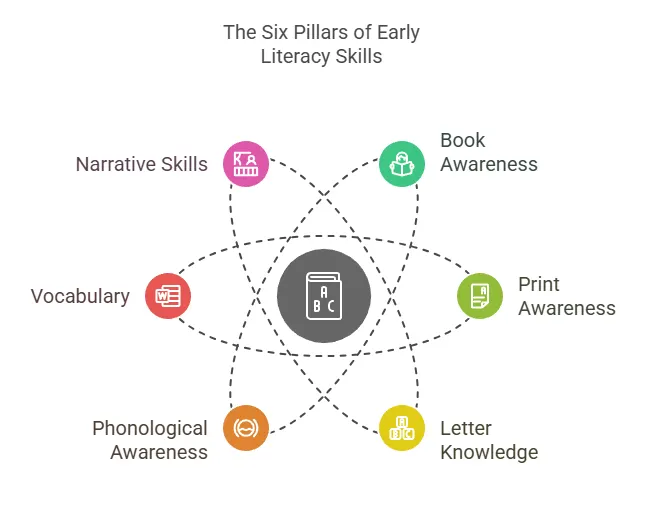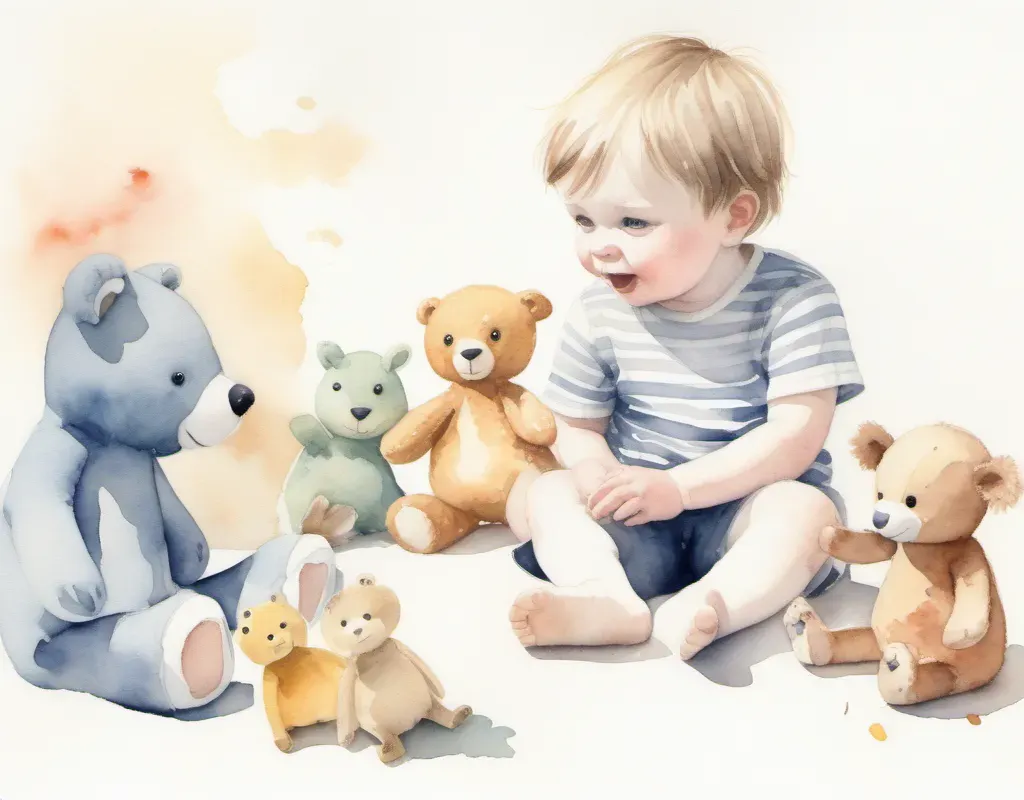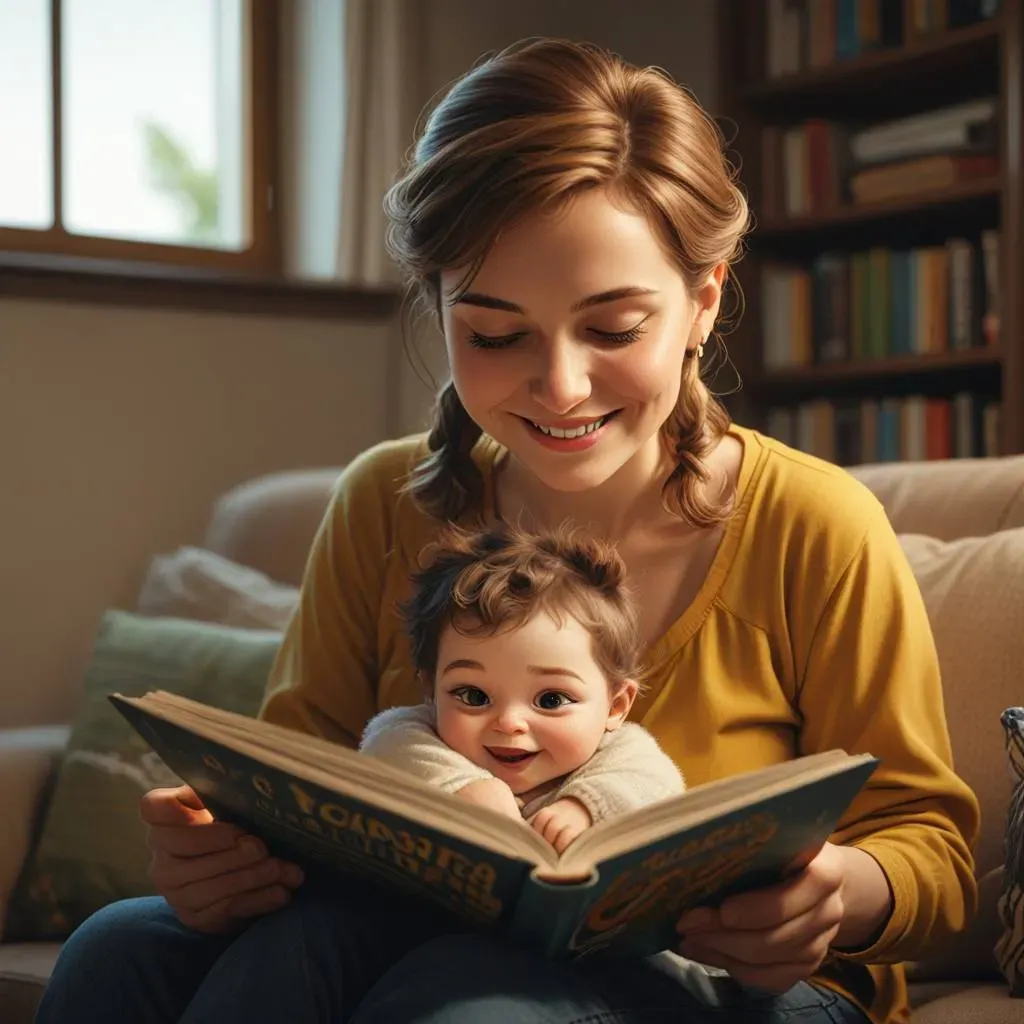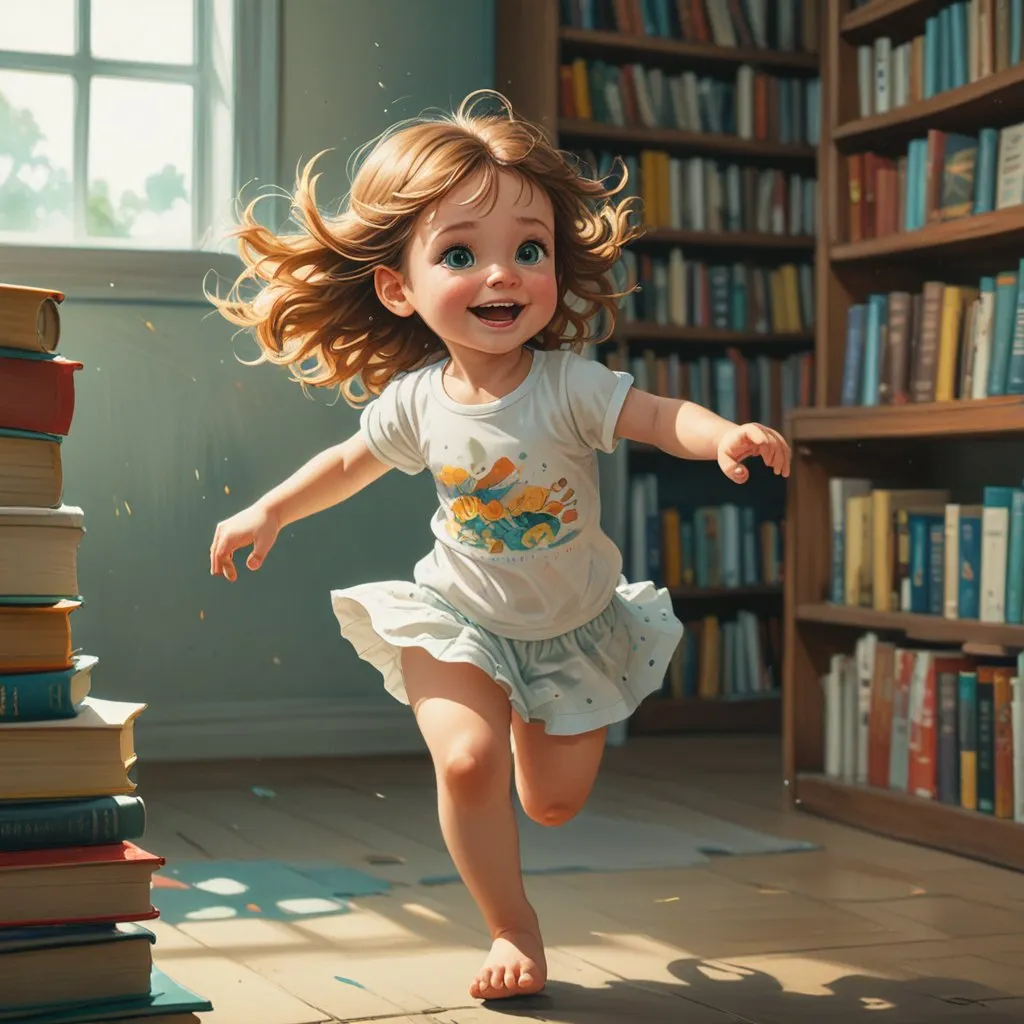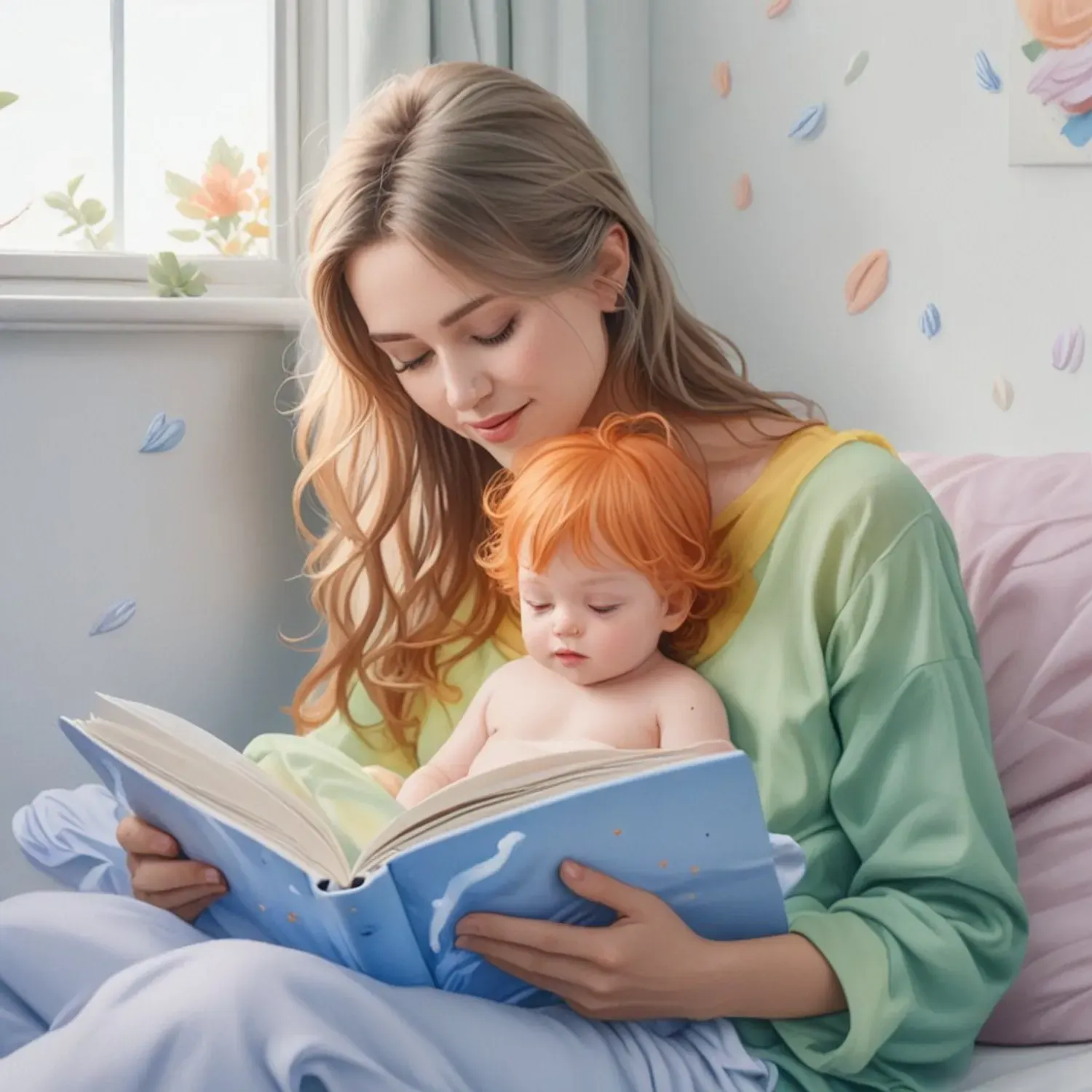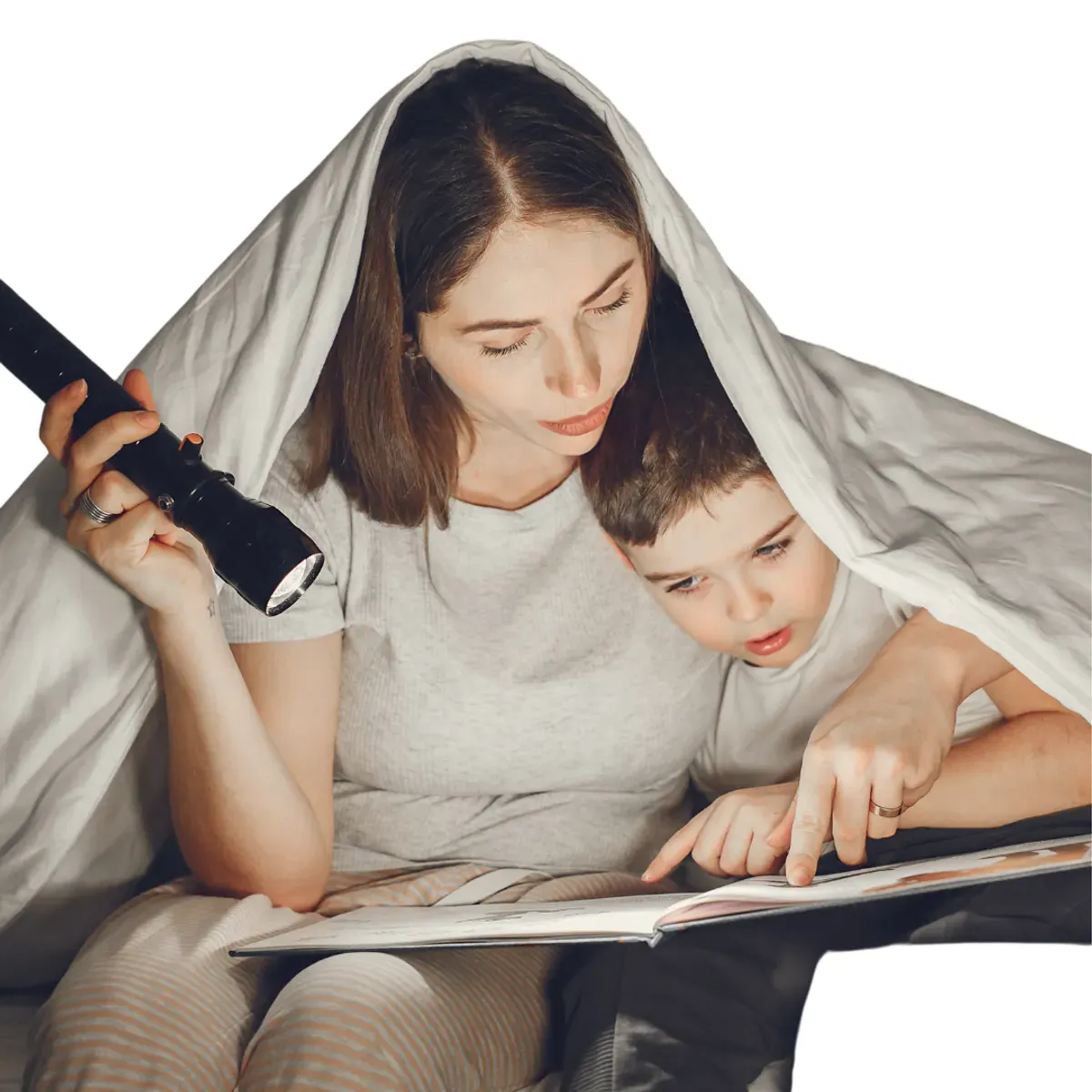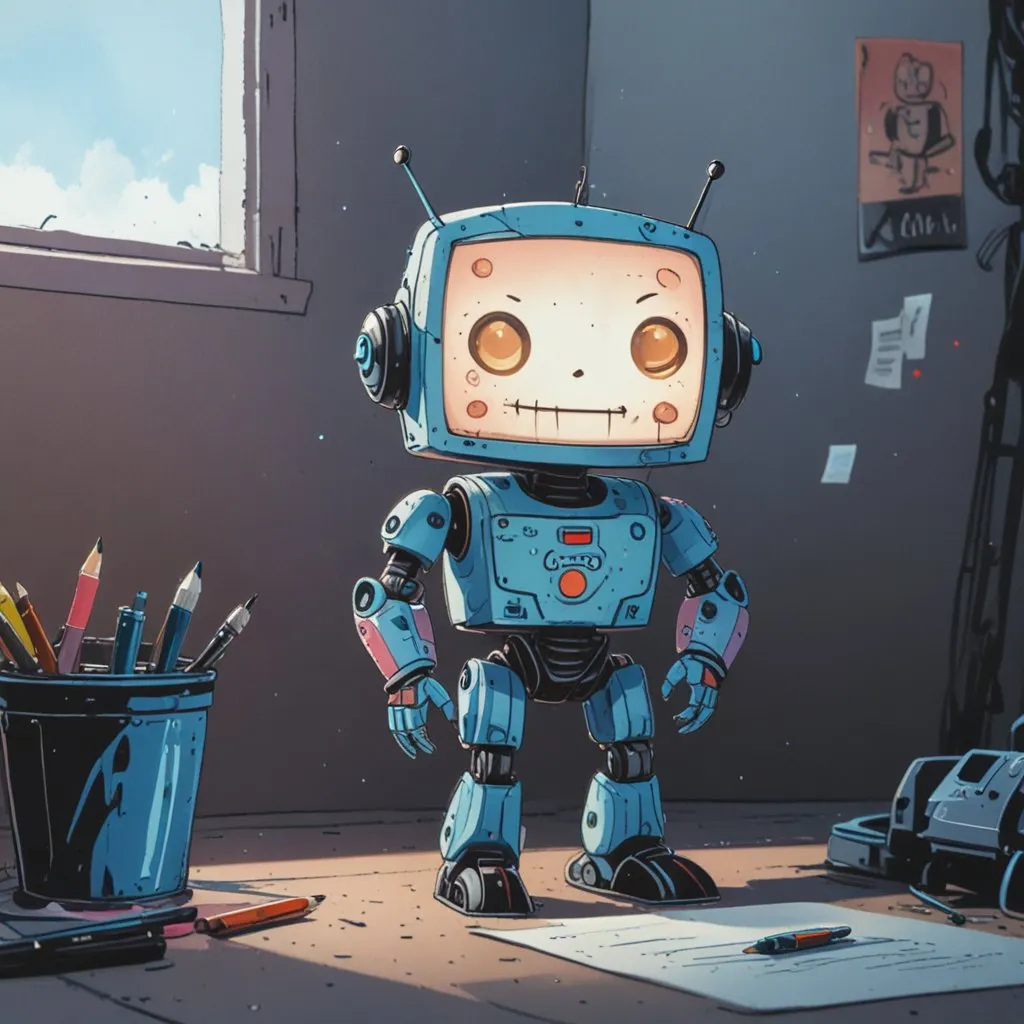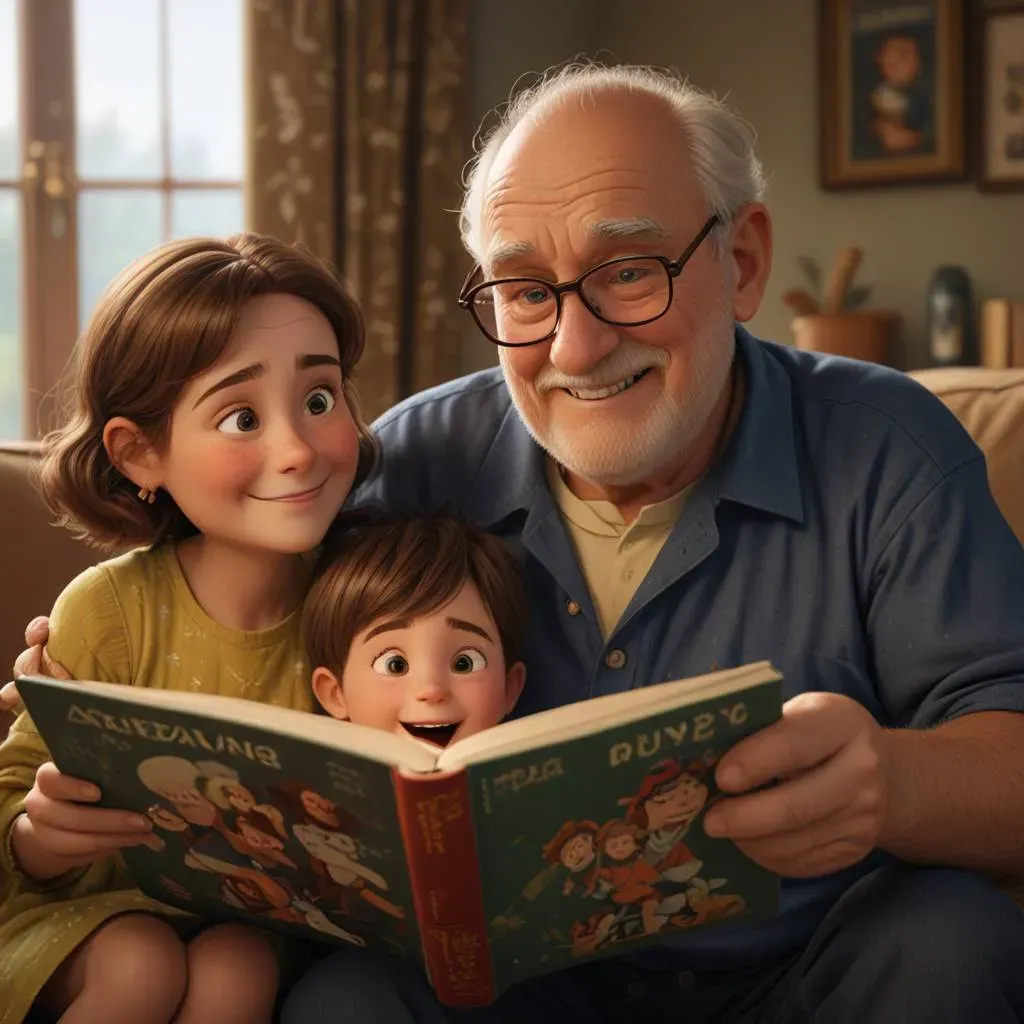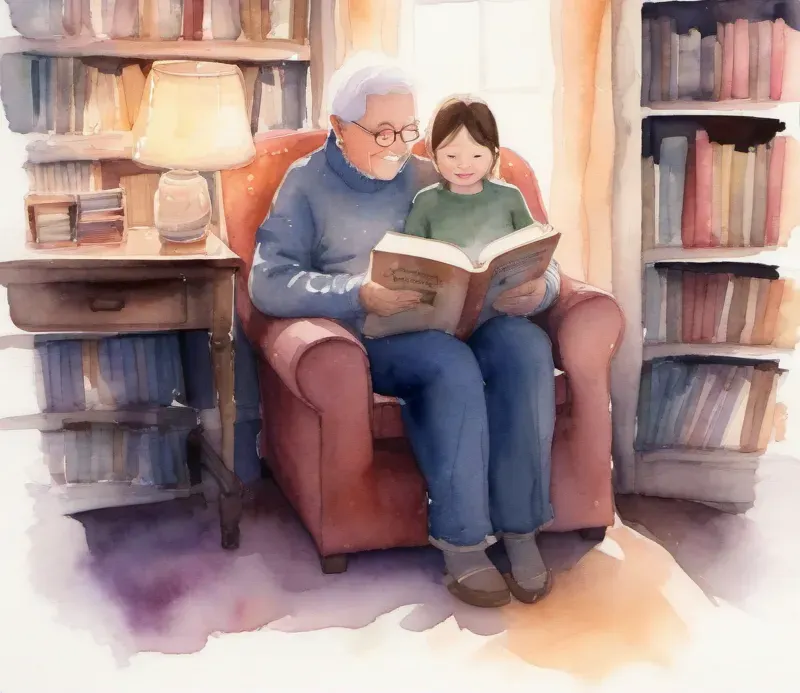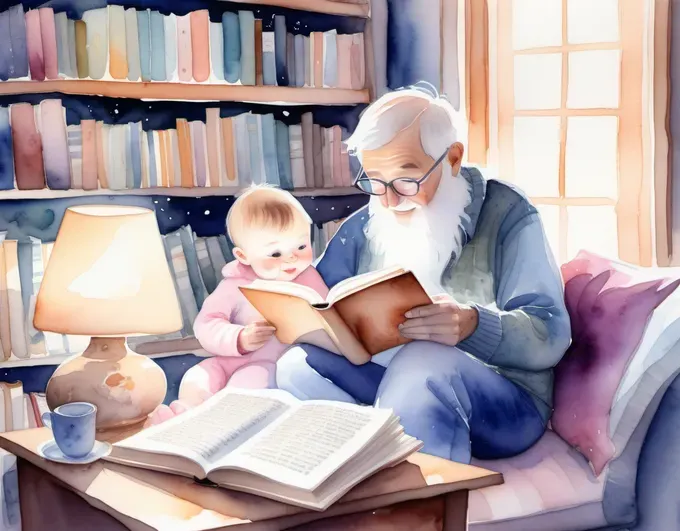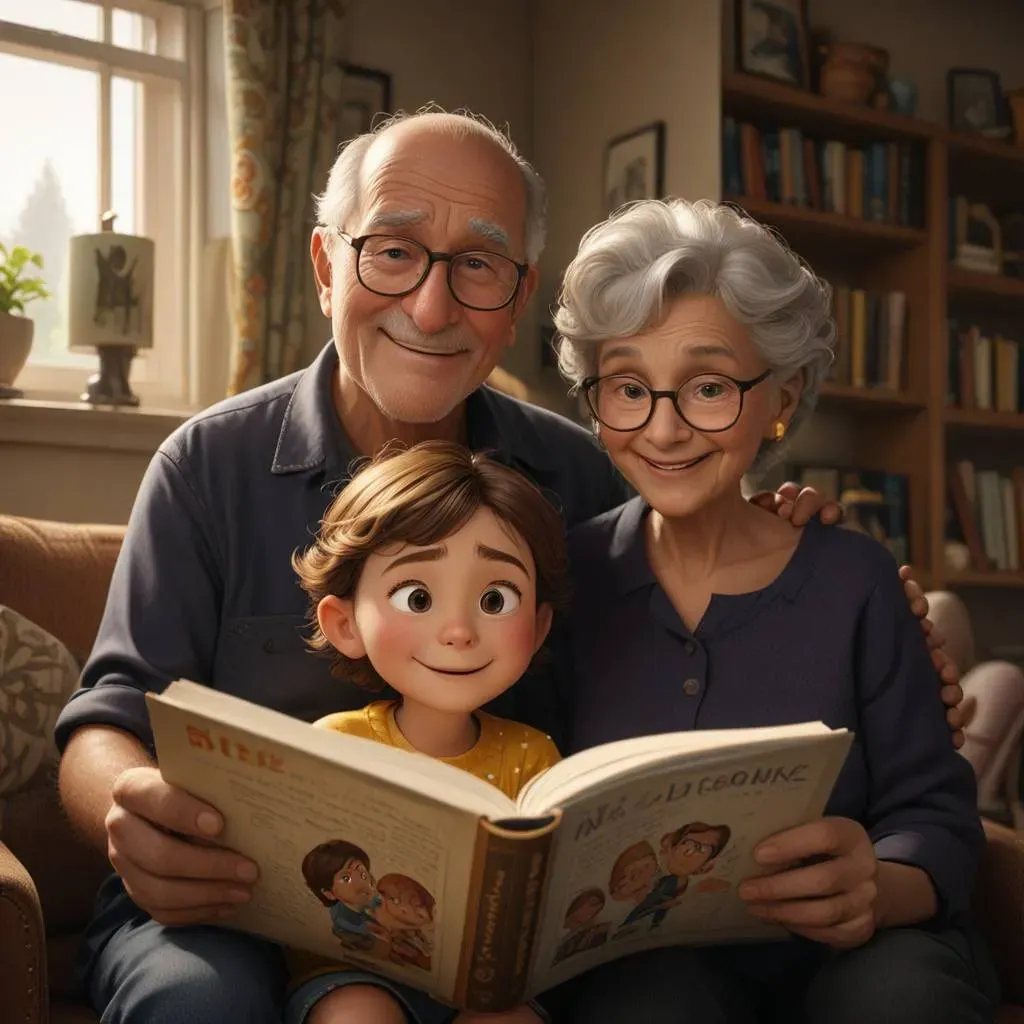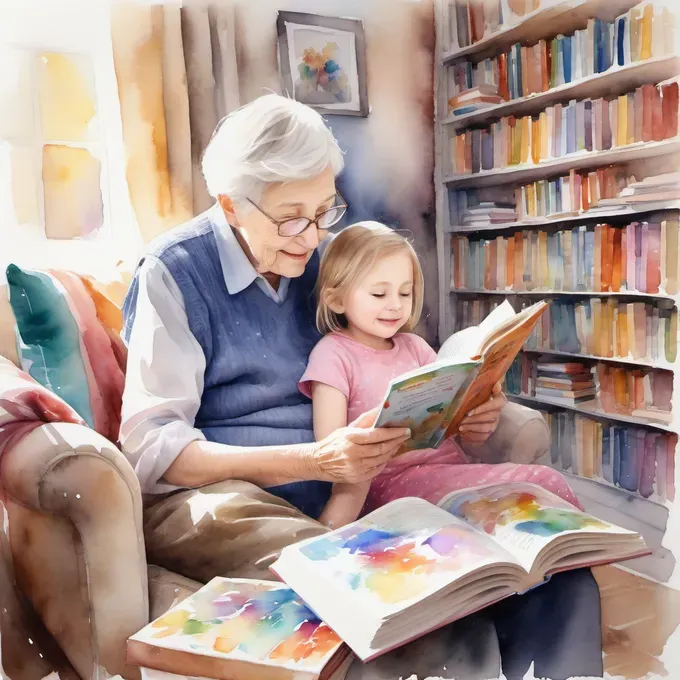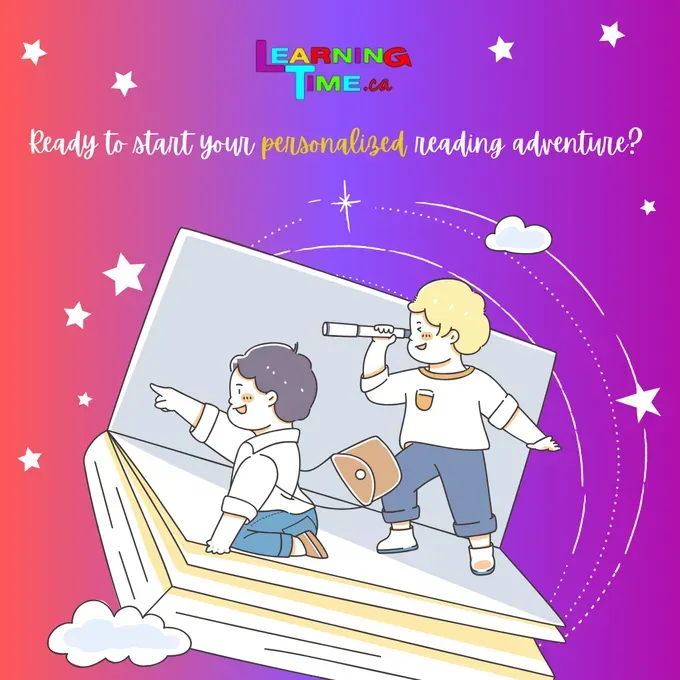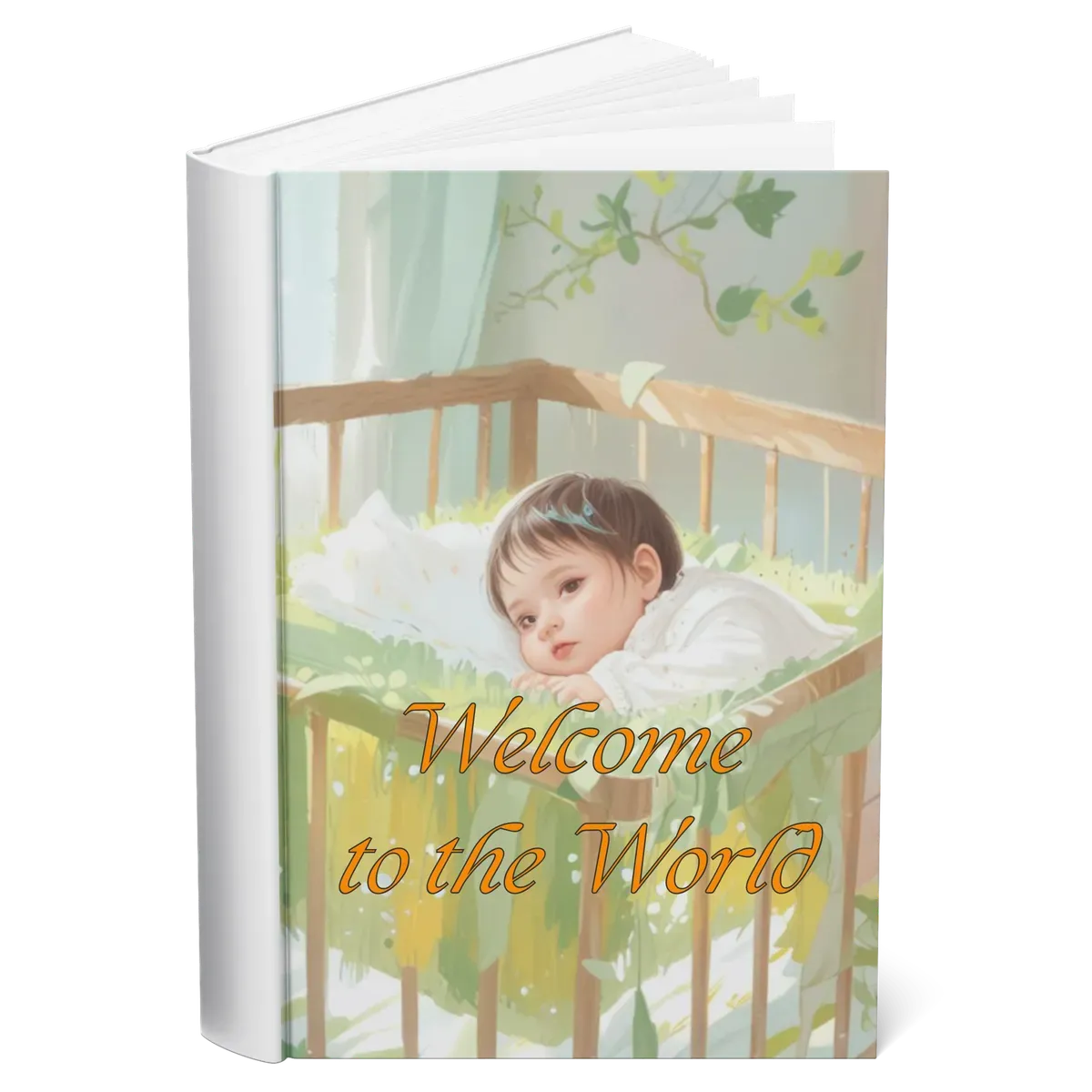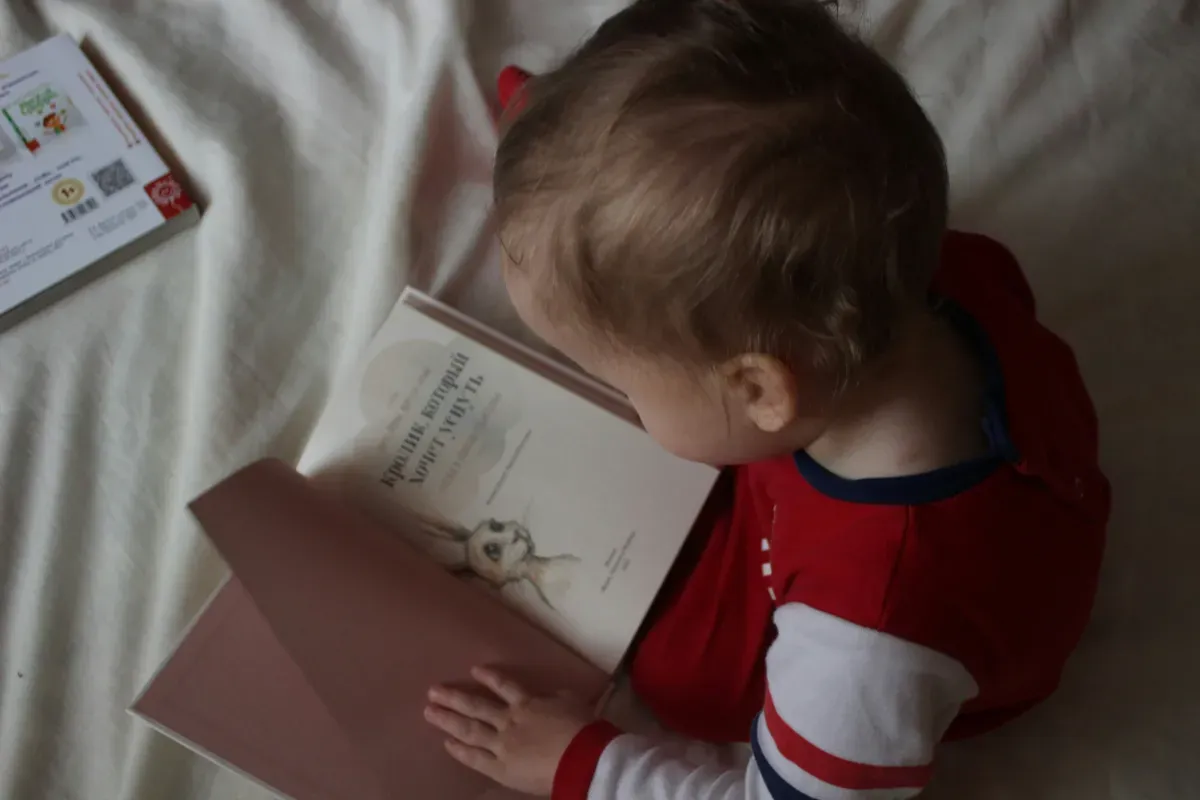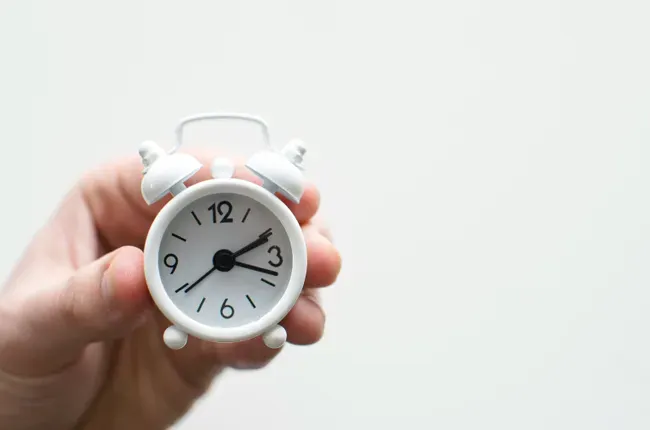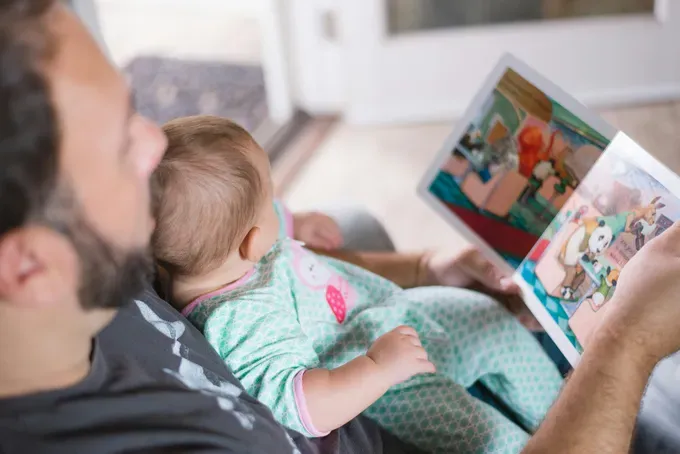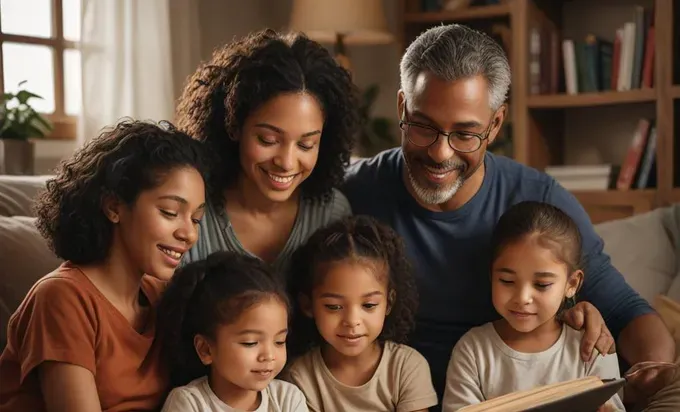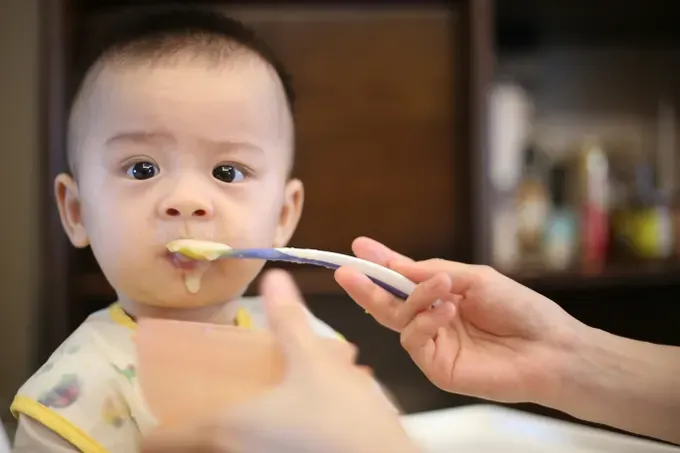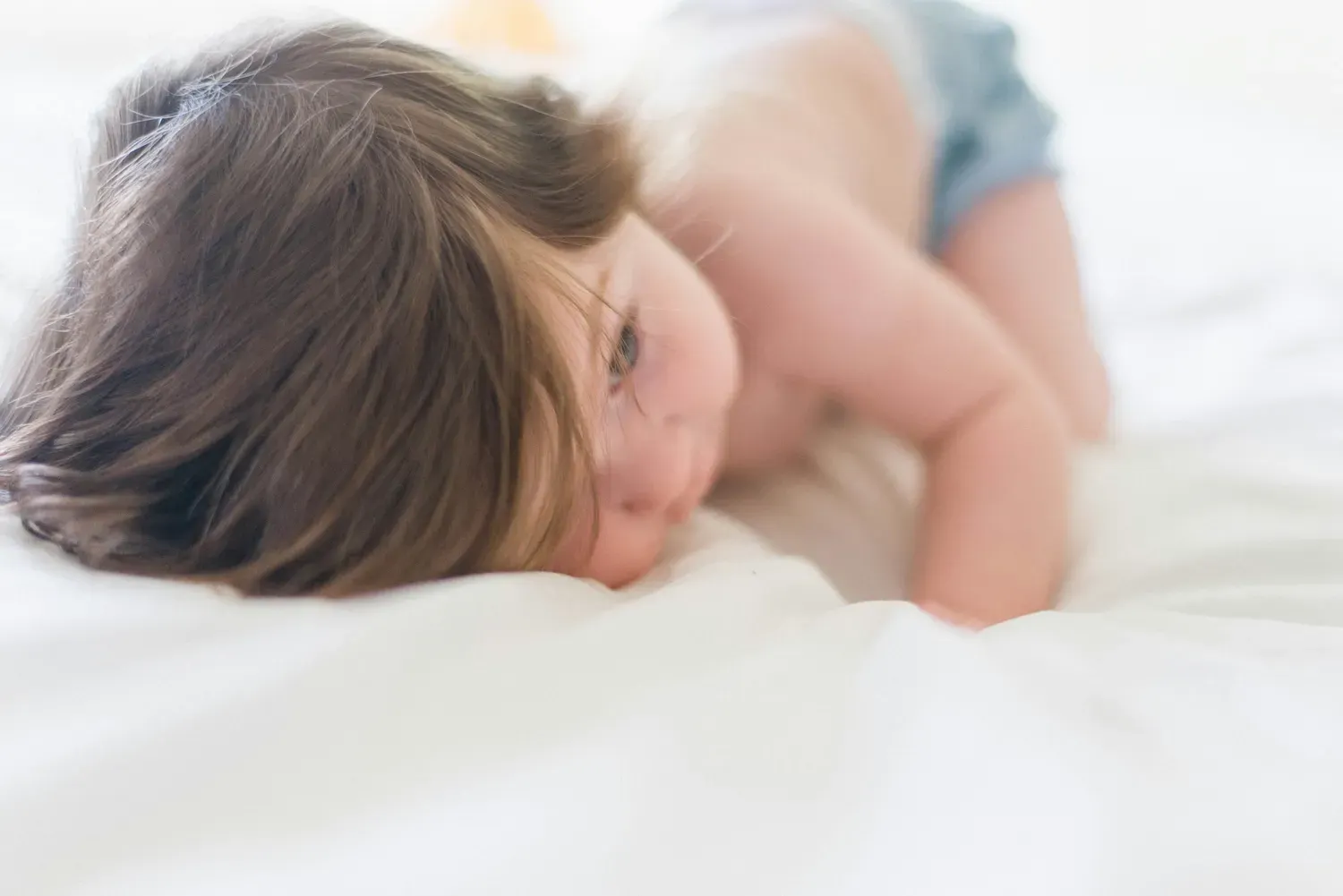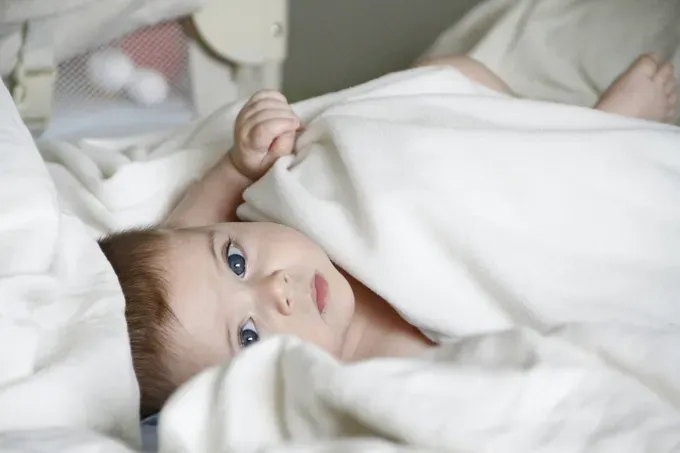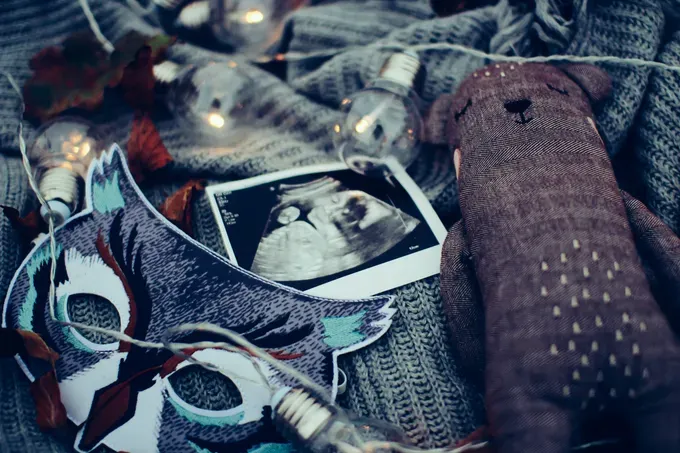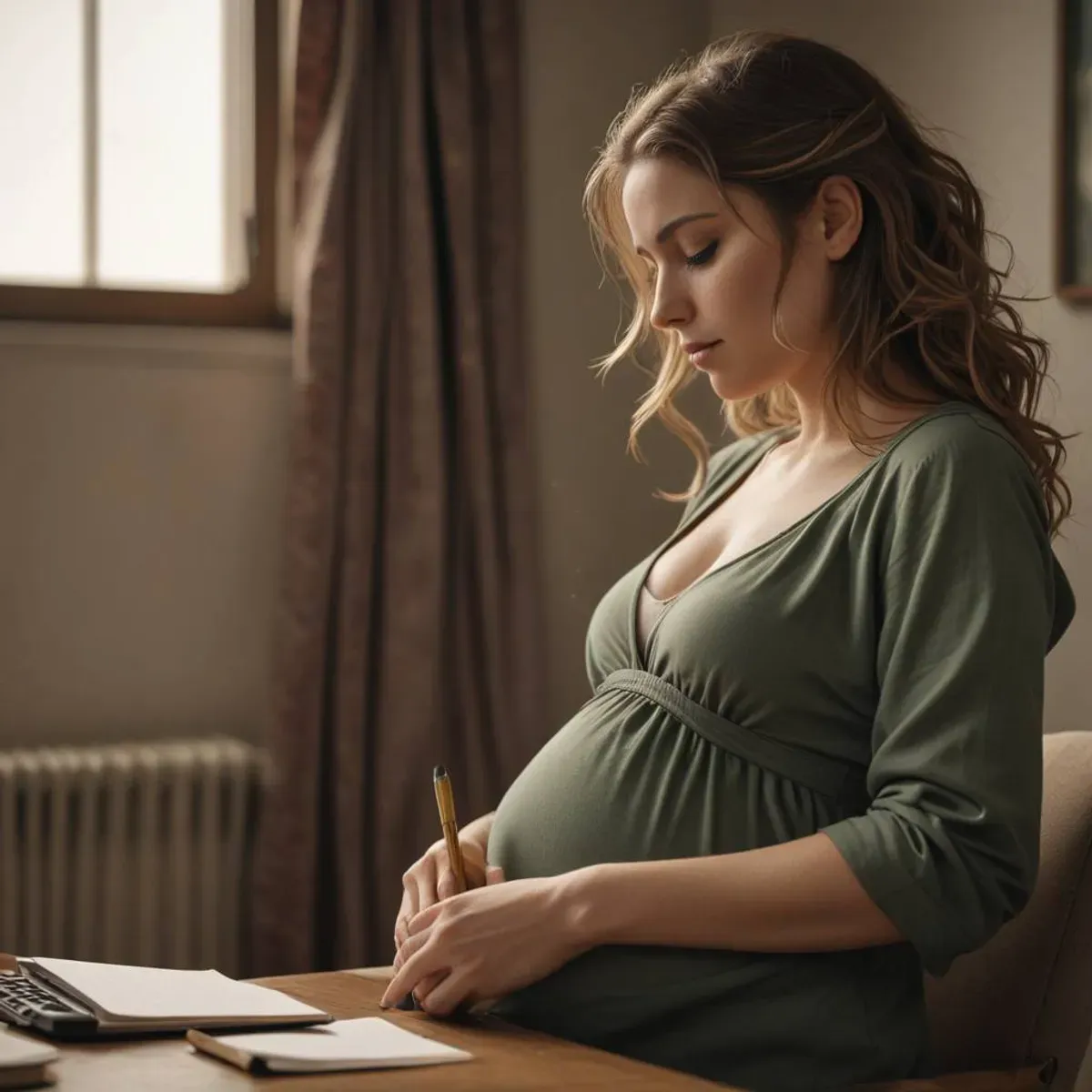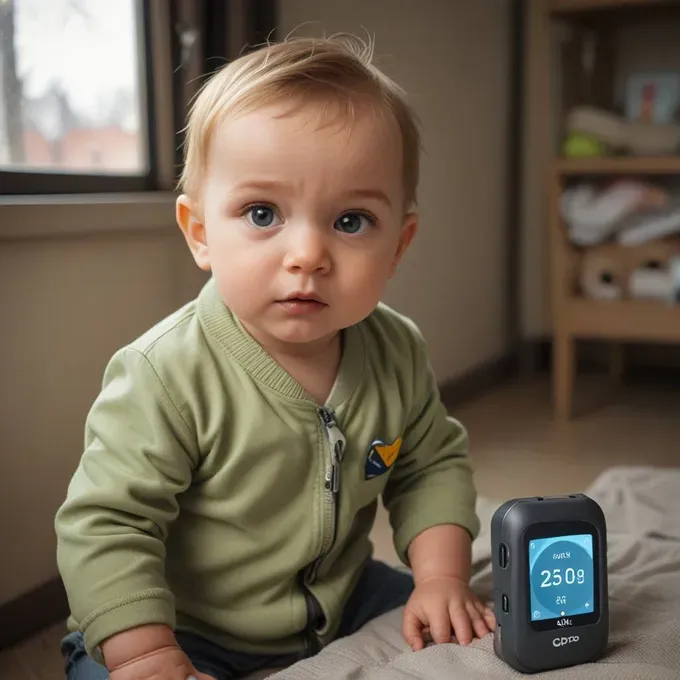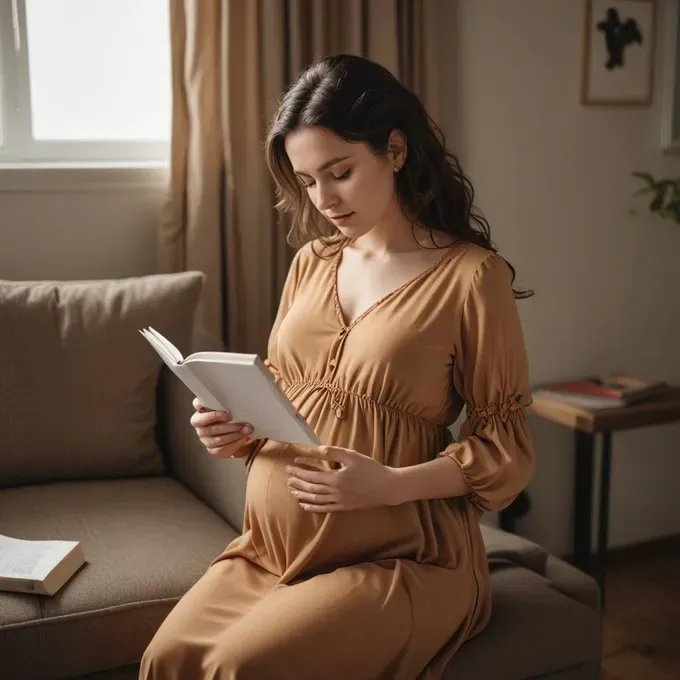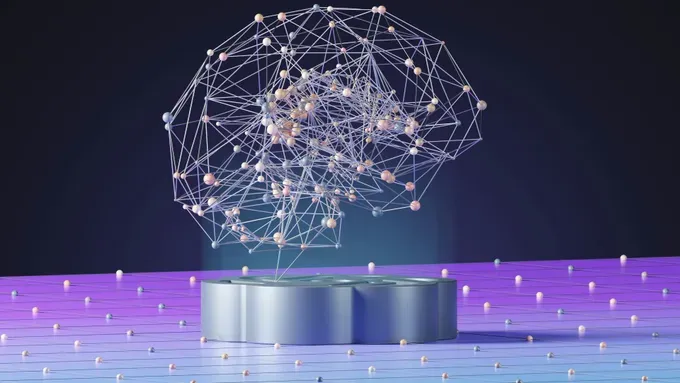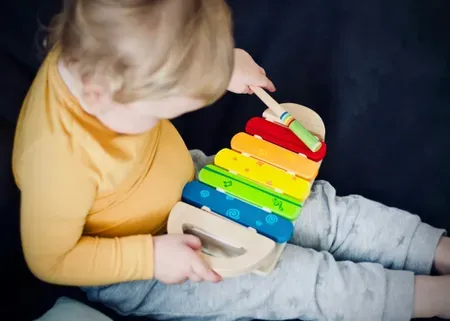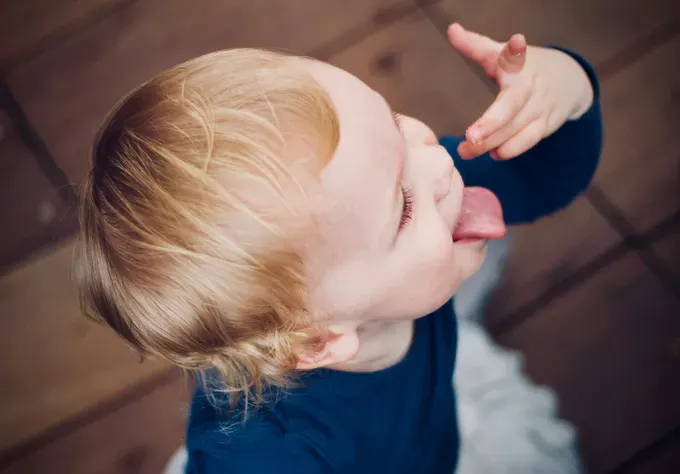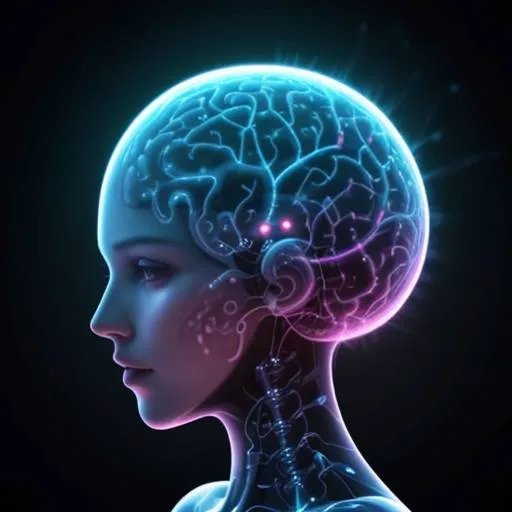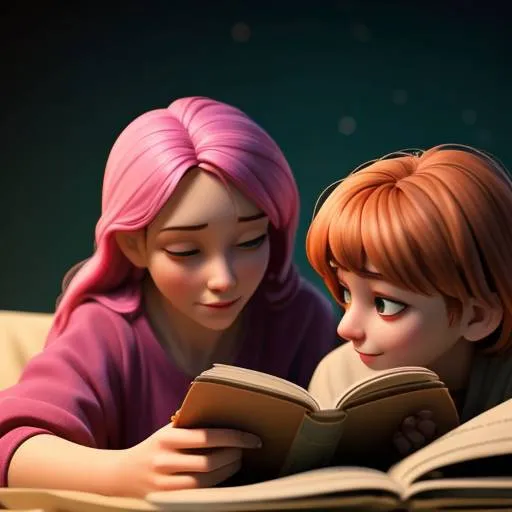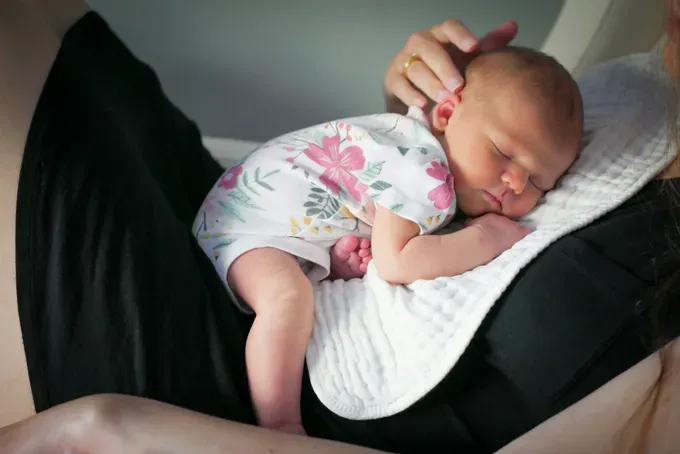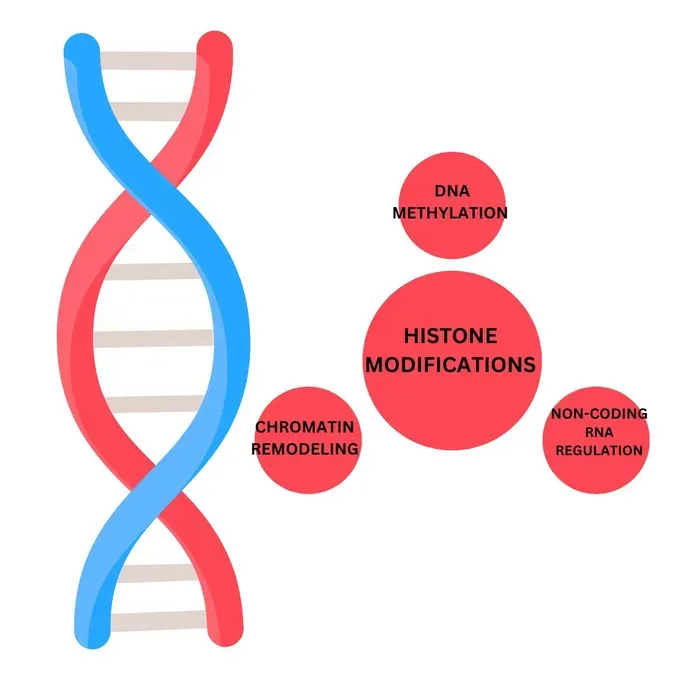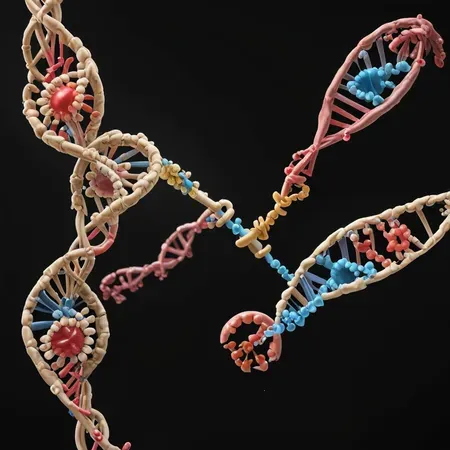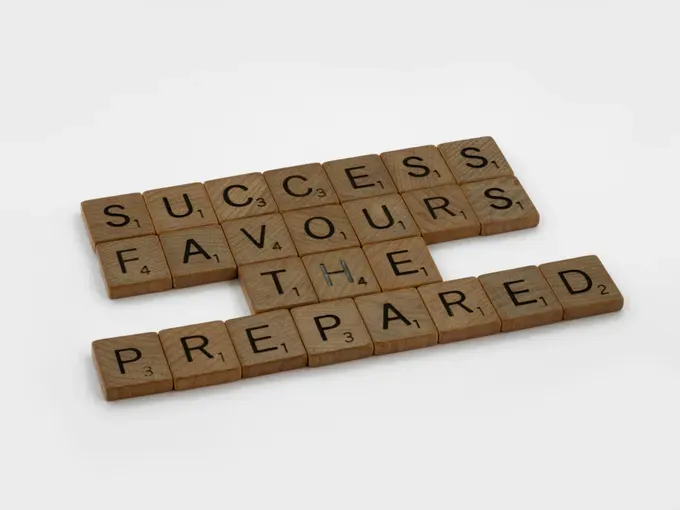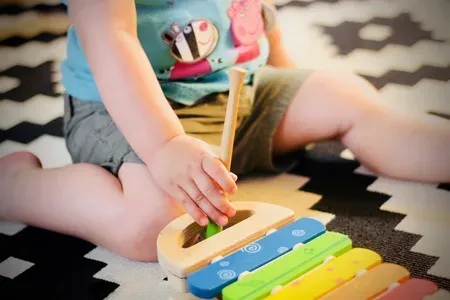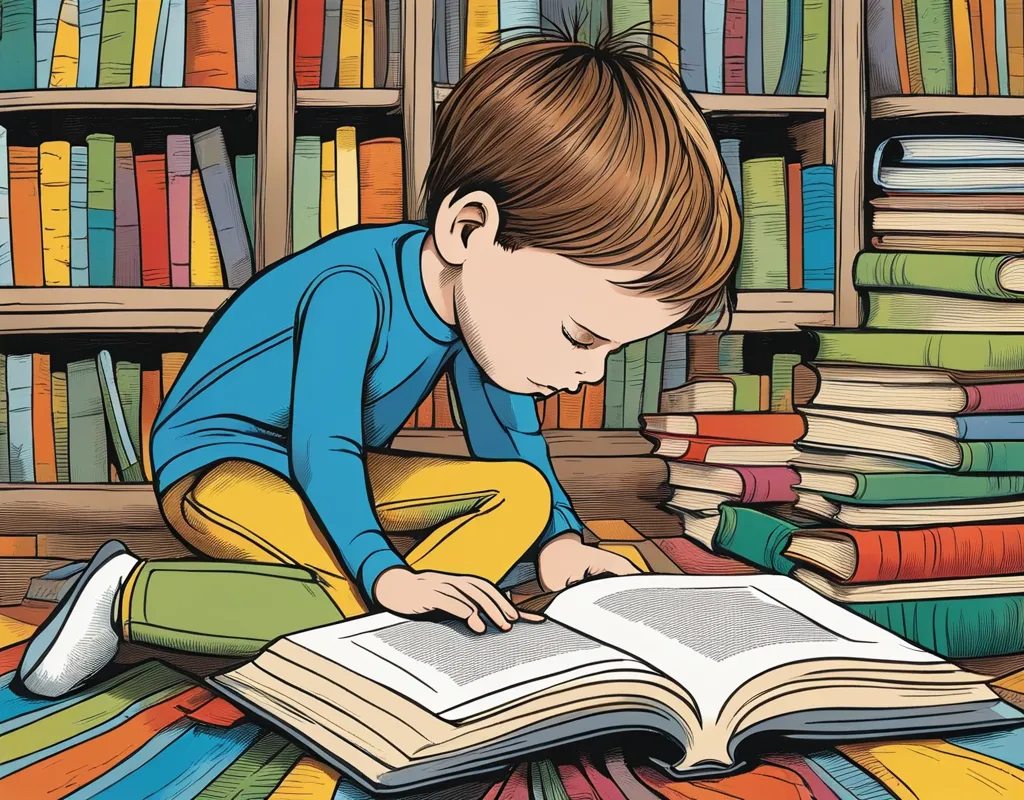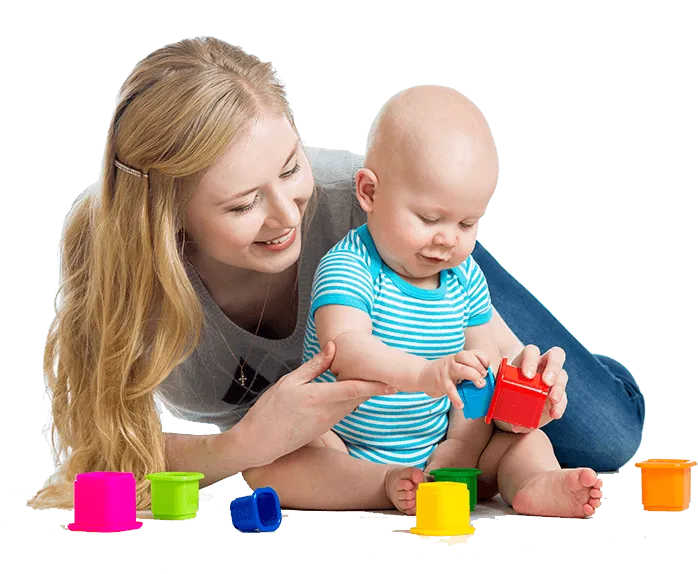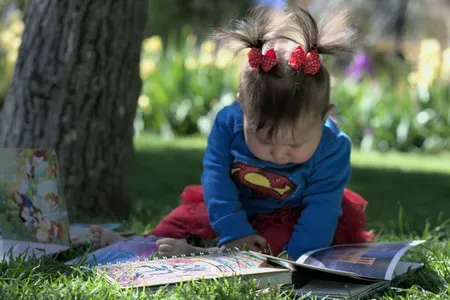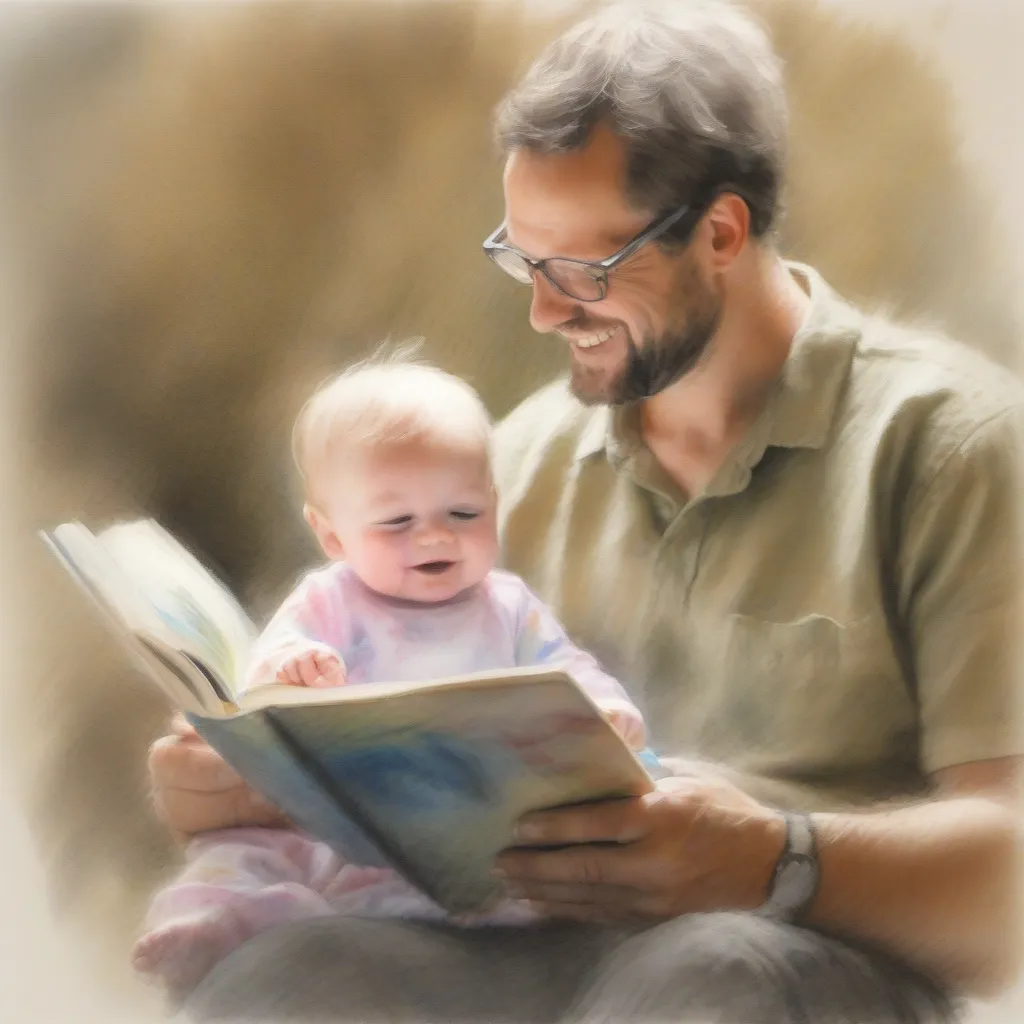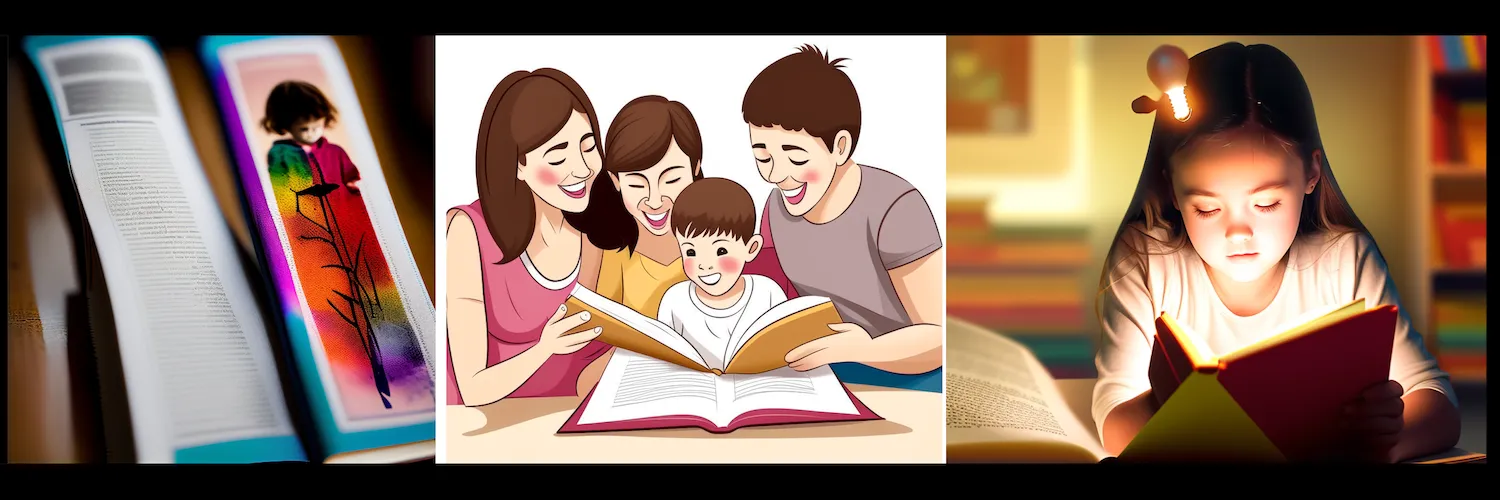Enhance Cognitive Development with Fun Art Activities
Art Activities for Cognitive Development: A Fun Guide
Key Highlights :
- Art is a great way to help children develop important cognitive skills while having fun and expressing themselves.
- Through art, young children enhance brain function in visual-spatial reasoning, problem-solving, and language development.
- Simple art supplies like crayons, paper, clay, and recycled materials can create endless opportunities for cognitive growth.
- Parents and educators can integrate art into daily routines and create an art-friendly environment to encourage children's artistic exploration.
- By nurturing children's creativity, we empower them to be confident and successful learners.
Introduction
Engaging in art activities is a great way for children to learn and grow. It also supports their mental health and emotional well-being. The creative process, from the first idea to the result, helps kids develop important cognitive skills. These skills will benefit them throughout their lives. By giving children chances for artistic expression, we help them become confident thinkers, problem solvers, and communicators.
The Importance of Art in Cognitive Development
Art is a special way for kids to develop their minds. It engages different parts of the brain at the same time. When children draw, paint, or create sculptures, they use their creativity. They also improve their fine motor skills and learn how to solve problems. Making art gives kids a chance to try out new materials and play with colors and shapes. It helps them turn their ideas into real things. This experience encourages critical thinking and helps form important connections in their brains, which supports their cognitive growth.
How Art Activities Enhance Brain Function in Children
From a young age, children have a natural wish to express themselves creatively. Art is a great way to do this and helps develop important brain skills. When children take part in art activities, they improve their ability to see and understand visual information. For instance, painting with watercolor paint teaches them how to mix and blend colors. Drawing helps them learn about shapes, lines, and perspectives. These activities support creative development. They encourage young children to think differently and find new solutions, which in turn boosts brain function and cognitive skills.
Link Between Creative Expression and Cognitive Growth
Creative expression is closely connected to mental growth. When a child does art, they use their imagination. This helps them with problem-solving and thinking. Art also gives children a way to share their feelings and learn how to manage their emotions. When kids make things with their hands, like molding clay or using playdough, they improve their fine motor skills and hand-eye coordination. These skills are important for their mental growth and will help them in school later on.
Types of Art Activities That Boost Cognitive Skills
 Many art activities can help children think better. It’s vital to give them different experiences that involve various skills and interests. Activities like drawing, painting, sculpting, and crafting with things they can recycle all help improve how they think. Each type of art helps boost their creativity and imagination. When we provide these varied artistic experiences, we support their overall brain development.
Many art activities can help children think better. It’s vital to give them different experiences that involve various skills and interests. Activities like drawing, painting, sculpting, and crafting with things they can recycle all help improve how they think. Each type of art helps boost their creativity and imagination. When we provide these varied artistic experiences, we support their overall brain development.
Drawing and Painting: Tools for Enhancing Visual-Spatial Reasoning
Drawing and painting are important forms of art. They help children improve their ability to see and understand space. These activities teach kids about how things are related in size and shape, as well as the idea of depth and perspective. It’s great to let children try different drawing tools like crayons, colored pencils, or oil pastels. They can also explore painting with materials like watercolors or acrylics. As they get better, you can introduce ideas like light and shadow. Encourage them to look at what’s around them and express what they see on paper.
Sculpting and Building: Improving Problem-Solving Abilities
Three-dimensional art forms, like sculpting and building, are great for helping kids with problem-solving and spatial awareness. When kids use materials like clay, playdough, building blocks, or even things like cardboard boxes, they learn to think about structure, balance, and design. These activities invite kids to experiment and try different things. This helps them build resilience and learn from their mistakes. Also, working with these materials improves their fine motor skills and coordination.
Crafting with Recycled Materials: Encouraging Environmental Awareness and Creativity
Crafting with recycled materials is a great way to boost creativity and teach children about the environment. You can encourage them to see everyday items like cardboard tubes, plastic bottles, or leftover fabric as art supplies. This approach sparks their imagination and shows them the importance of being resourceful and sustainable. For example, making animal sculptures from egg cartons or colorful mosaics from broken tiles can help improve their creative problem-solving skills. It shows that art can be both fun and kind to the planet.
Integrating Art into Daily Learning Routines
Integrating art into daily learning routines doesn’t have to be hard or take a lot of time. You can use simple and creative activities during the day. This can make learning more fun for children. Encourage them to show what they learn with drawings. You can also help them make colorful flashcards for vocabulary words. Designing simple props and backdrops can be great for storytelling sessions, too. Just a few minutes of creative time each day can help a child’s learning and growth.

Simple Art Projects for Busy Schedules
Even busy schedules can fit quick art projects that boost creativity. You can encourage children to take a few minutes of their free time for doodling with crayons, making colorful patterns with stickers, or designing special bookmarks using colored paper and glitter. If there is more time, activities like nature crafts can be fun. They can collect leaves, twigs, and pebbles to create artwork. This not only sparks their creativity but also helps them connect with nature. Remember, it's important to focus on the creative process, not on being perfect.
Creating an Art-Friendly Home Environment
An art-friendly home is more than just having art supplies. Set up a special area where kids can explore their creativity without worrying about making a mess. This could be a corner in the playroom, a small table in the living room, or even an outdoor space. Show off their artwork around the house like valuable treasures. Encourage family members to join in on art projects together. This will help build a love for art and create lasting memories.
The Role of Parents and Educators in Art Education

Parents and teachers play a key role in helping children love art. When they provide a caring and exciting space, kids feel inspired to be creative. This also helps them build important thinking skills. The main goal is not to make them into professional artists. Instead, it is to help them become creative thinkers who believe in themselves.
Tips for Encouraging Artistic Expression at Home and School
Encouraging kids to express themselves through art should be fun and focused on the process instead of just the result. Give children different art supplies and let them explore freely. There should be no pressure to create something specific. Use open-ended prompts like "Draw what makes you happy" or "Create a picture of your favorite animal." You can also promote storytelling through art. This helps kids share their creations and build their communication skills. Caregivers should praise their effort and creativity. This helps create a positive and supportive space for children to explore their artistic sides.
How to Recognize and Nurture Artistic Talents in Children
Recognizing and supporting children's artistic talents means watching what they enjoy and giving them chances to express themselves. Notice if they like to draw, paint, sculpt, or even create digital art. Once you see what they are into, help them explore these interests. You can sign them up for art classes, workshops, or online lessons that fit their age. Encourage them to join art contests or exhibitions. This boosts their confidence and helps them show their skills. Supporting their art talent is not just about improving their skills. It also builds empathy, helps their emotional intelligence, and encourages a love for the arts that lasts a lifetime.
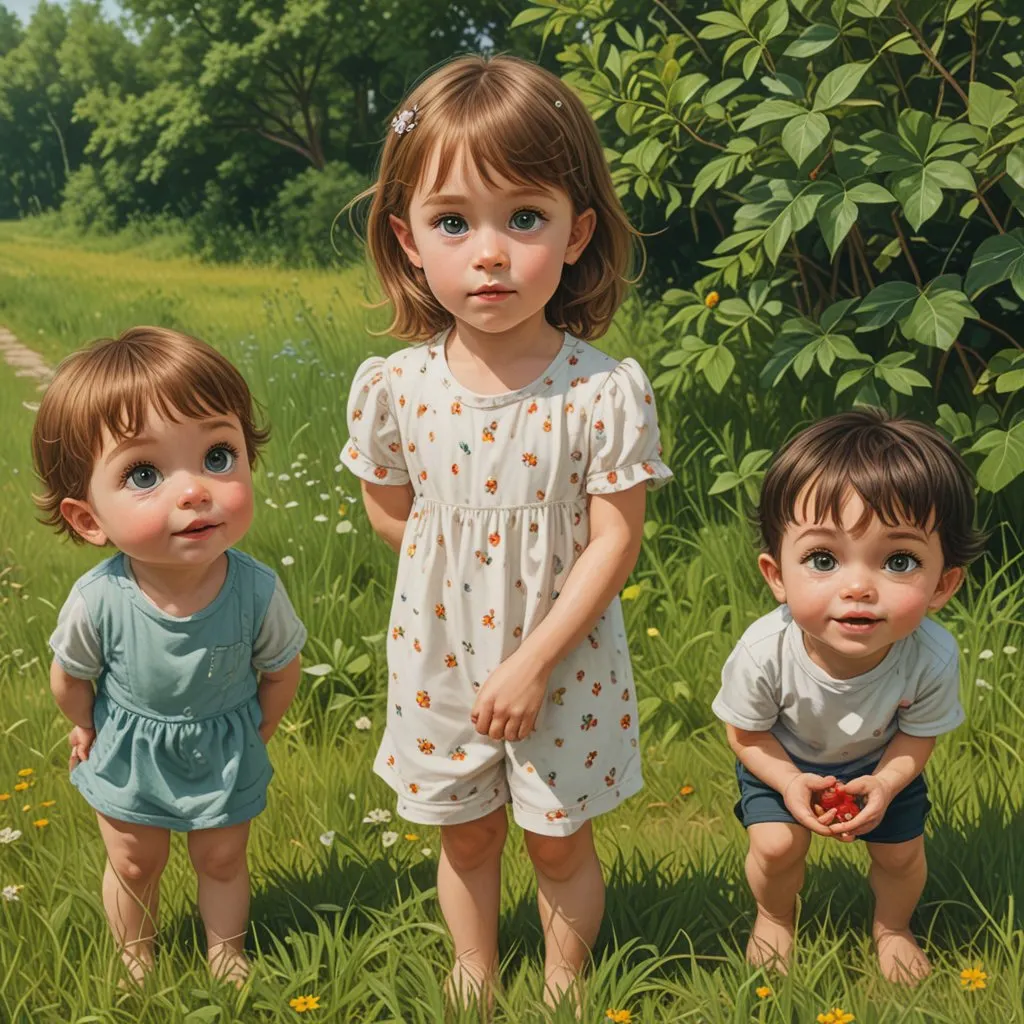
Conclusion
In conclusion, adding art activities to children's daily routines helps improve their thinking skills. These activities boost creativity, problem-solving, and awareness of the world around them. Parents and teachers are key in supporting kids' artistic skills and encouraging them to express themselves. When children have a space for art at home and school, they gain a lot from it. Recognizing the connection between creativity and brain growth helps create a well-rounded learning experience. Share these ideas on social media to inspire others to include art in children's lives for their overall growth.
Frequently Asked Questions
What are the cognitive benefits of engaging in art activities?
Doing art activities brings many good benefits to the mind. These include better memory, stronger creative arts abilities, and improved emotional regulation. Art helps us be more creative and solve problems. It also helps us build resilience. Plus, it supports fine motor skills, hand-eye coordination, and language development.
Are there any specific art activities that can help improve creativity?
All art activities help people be creative, but abstract art, collage, and mixed media projects boost unique thinking. When you give kids open-ended prompts and let them use various materials and techniques, it can also make their creativity better.
How can I incorporate more art into my child’s daily routine?
Adding art to your child's daily life can be easy. Just create a special art space for them. Encourage your child to express themselves by drawing, painting, or sculpting in their free time. You can also include mindfulness exercises with coloring or doodling in their day.
Are there stages within creative play in children?
Young children go through different stages in creative play. At first, they focus on functional and exploratory play. Then, they begin to explore more symbolic and imaginative play. It is important to give them a variety of open-ended materials. Avoiding activities that are too directive helps children move naturally through these stages.
Are there specific art activities recommended for different age groups?
Yes, some art activities are better for different ages. For toddlers, finger painting and working with playdough help improve fine motor skills. Older kids may like watercolor painting, sketching, or making detailed mandalas with beads or colored sand.
What should I do if my child shows no interest in art activities?
If your child does not seem interested in art, be understanding and kind. Don't push them to join in. Instead, try different ways to introduce art. You can use stickers, stamps, or stencils to make it more fun. You might also look at art together. Try activities like nature crafts or drawing together.
Related Articles :

